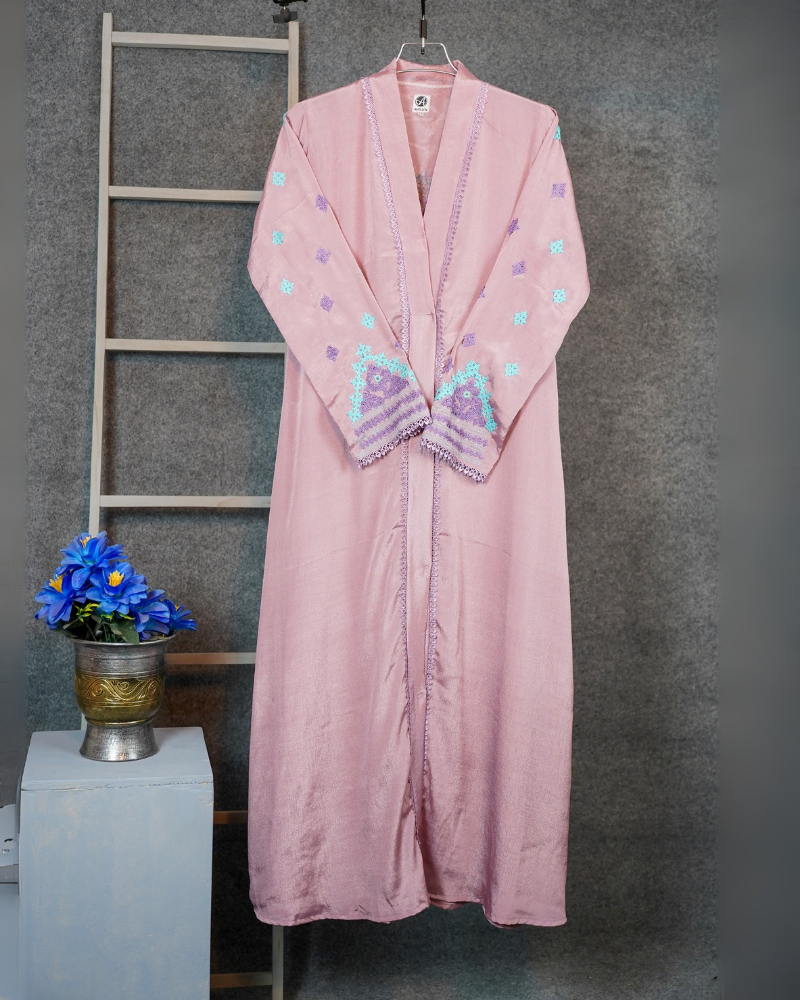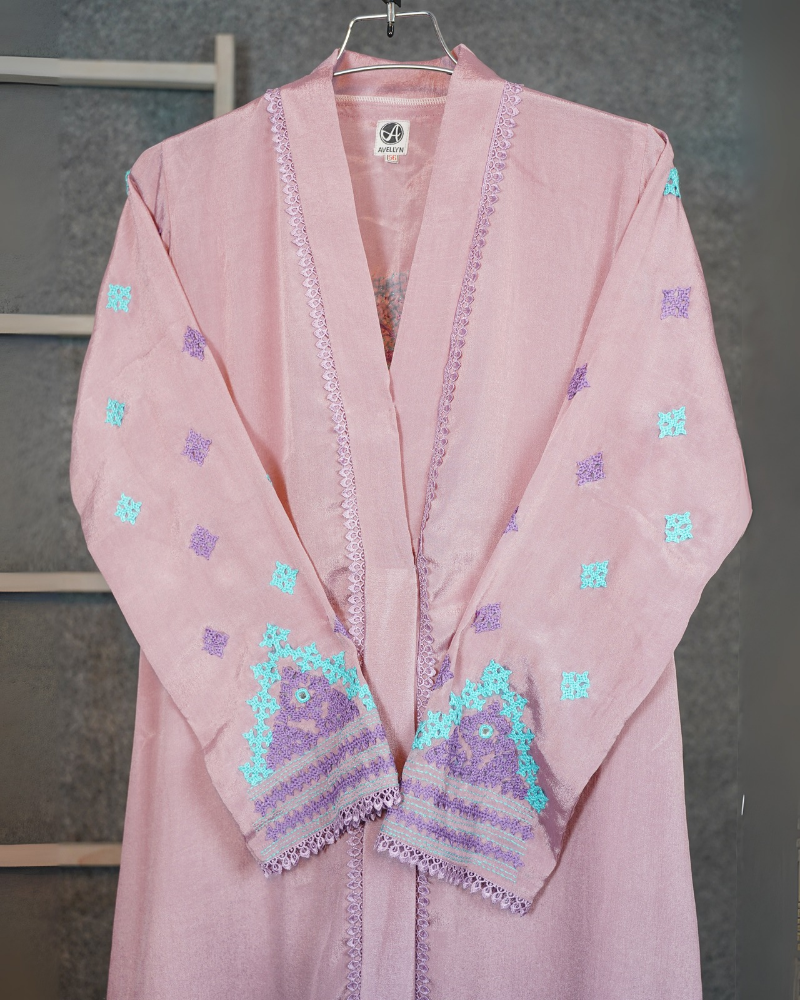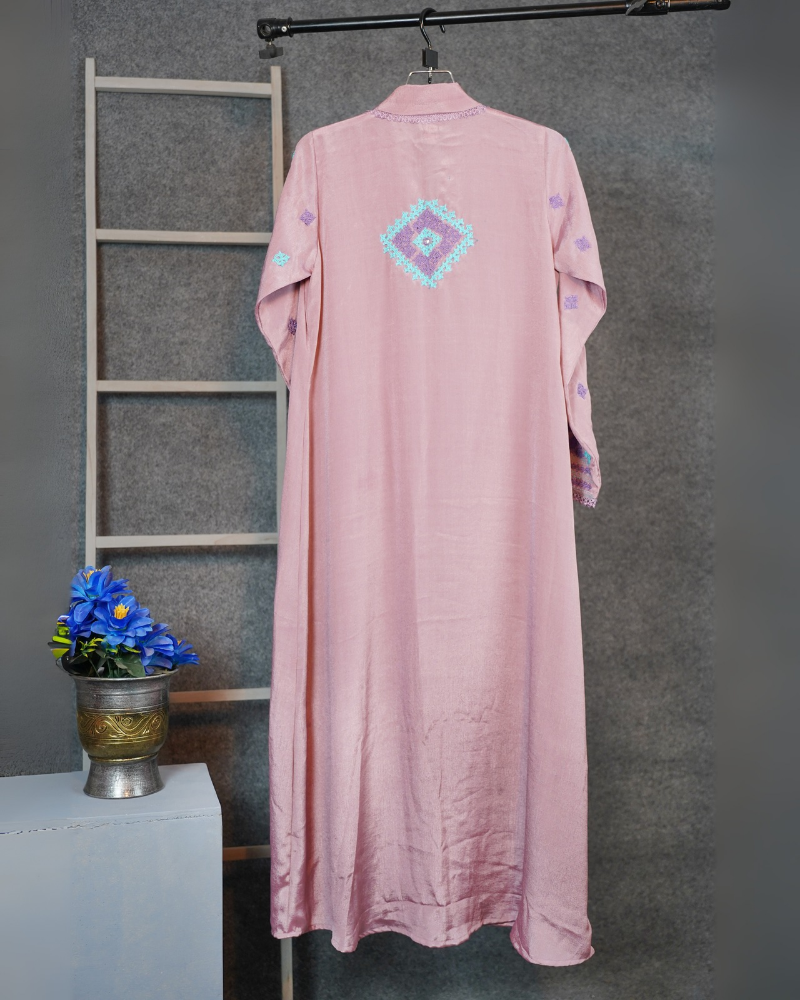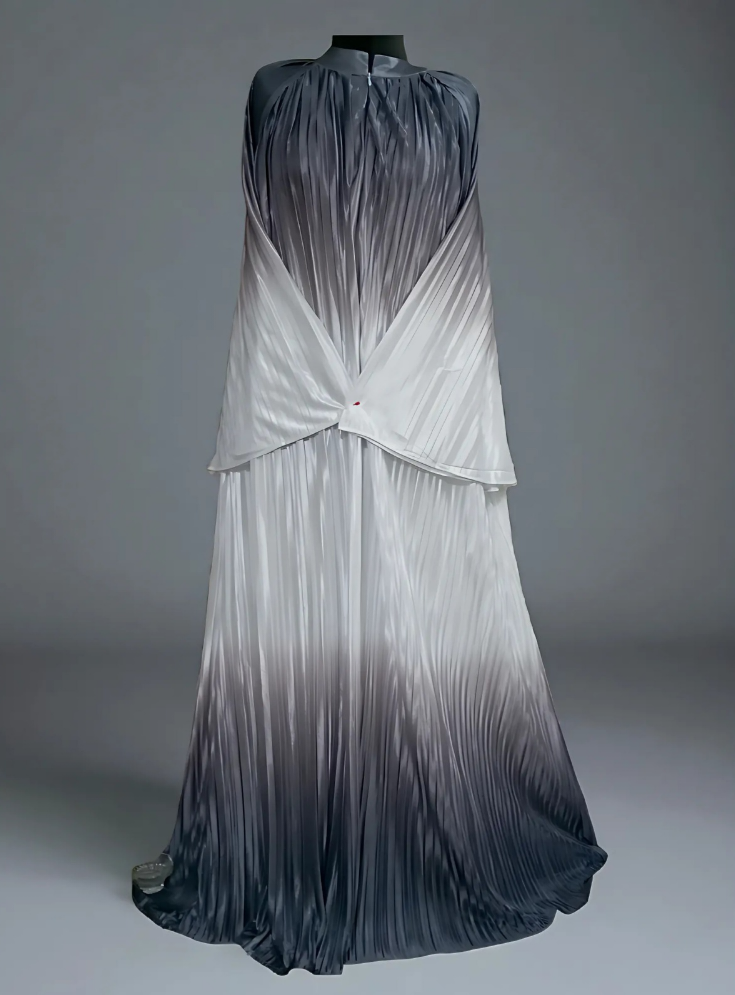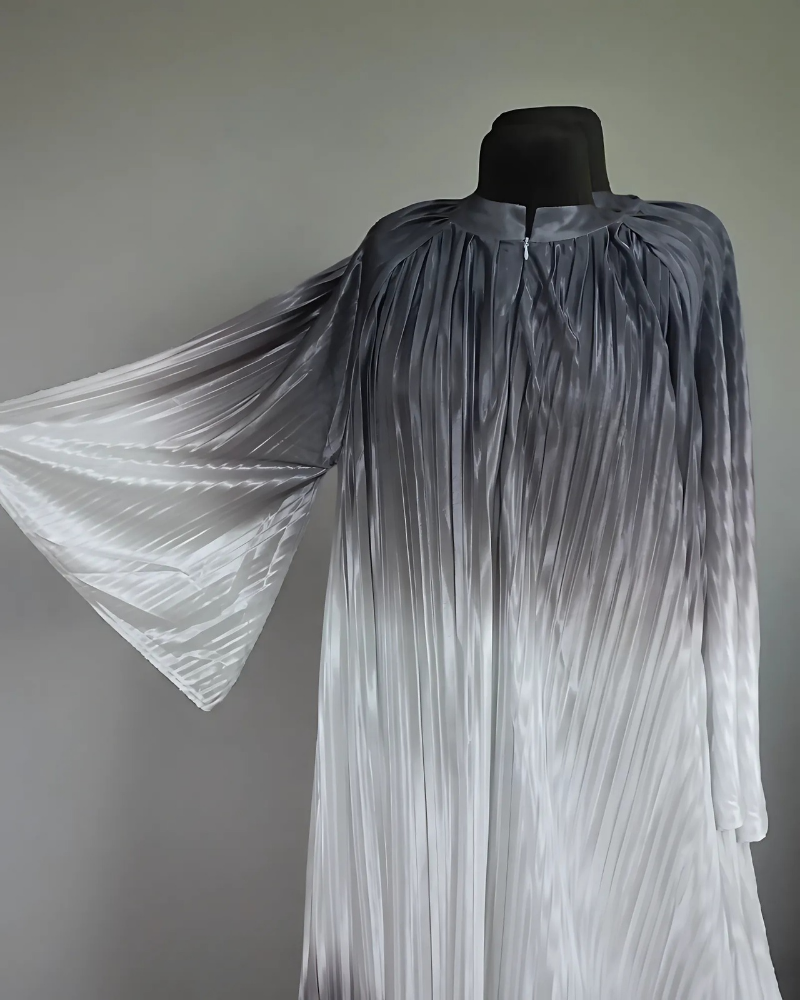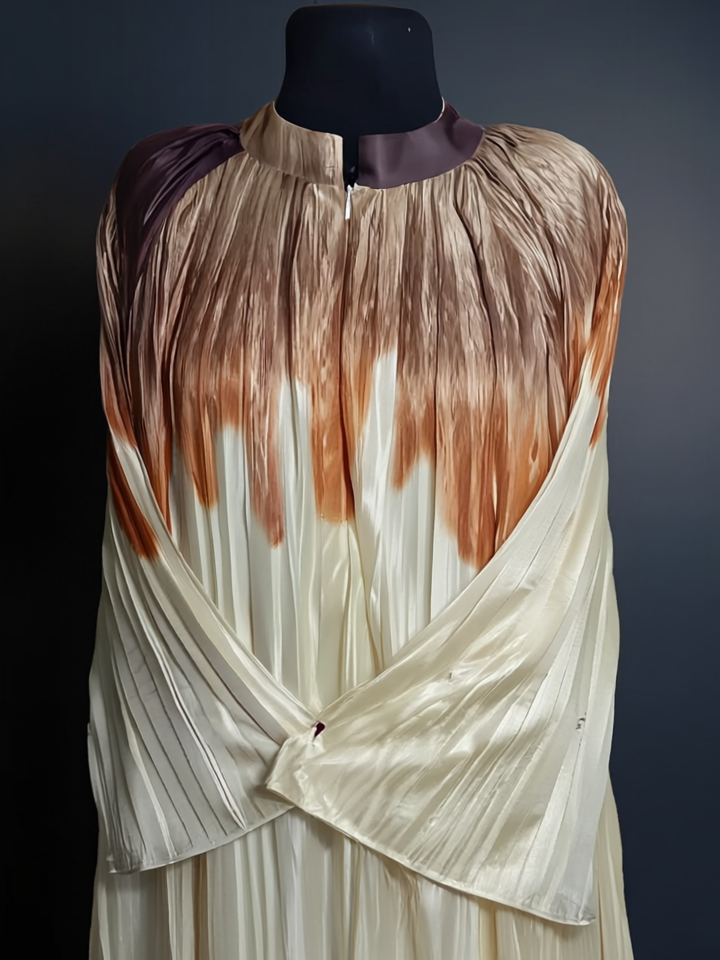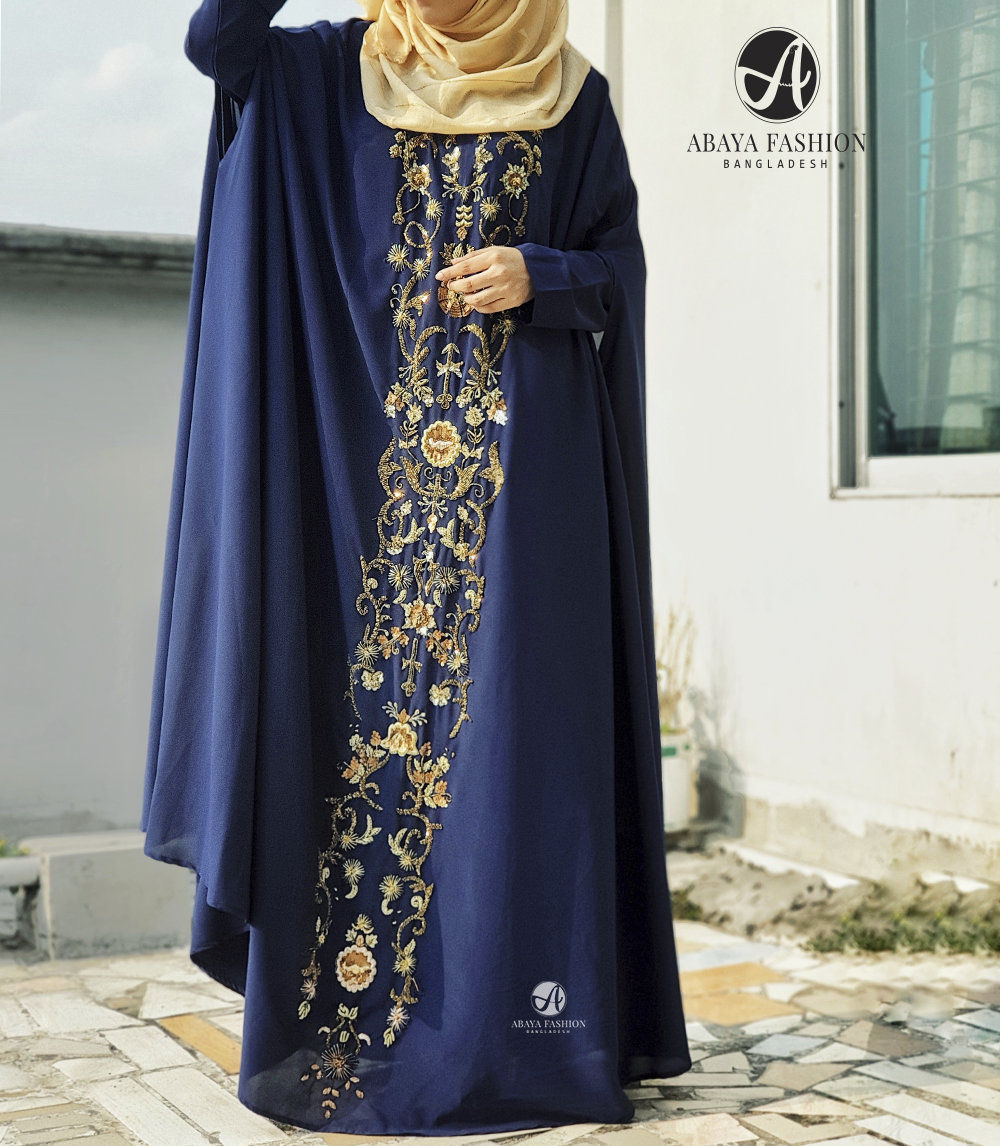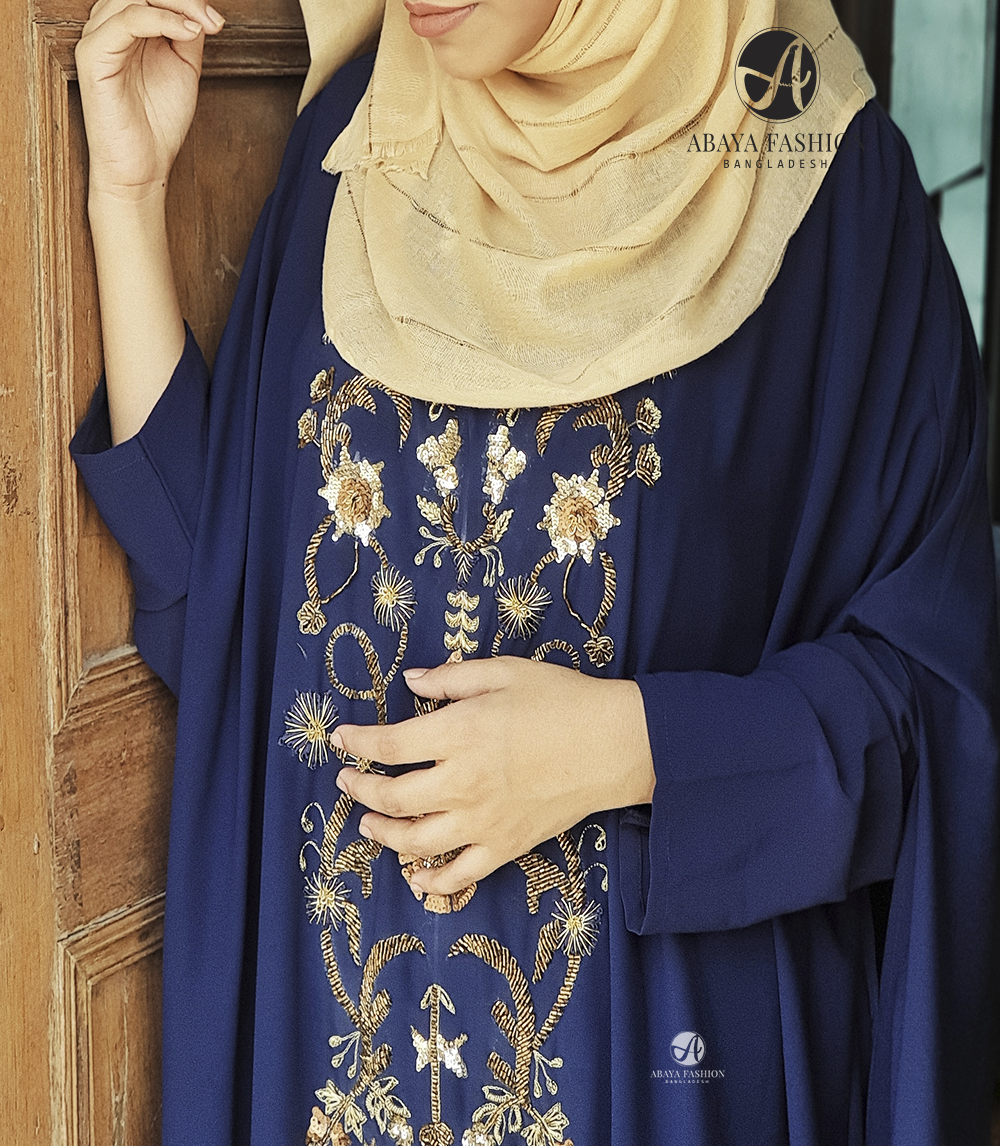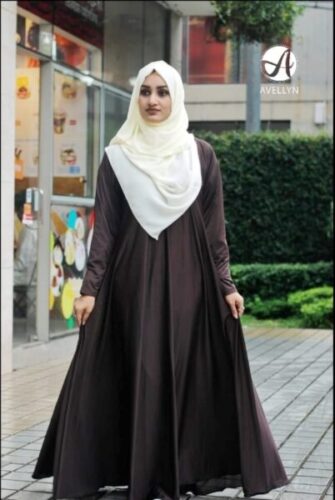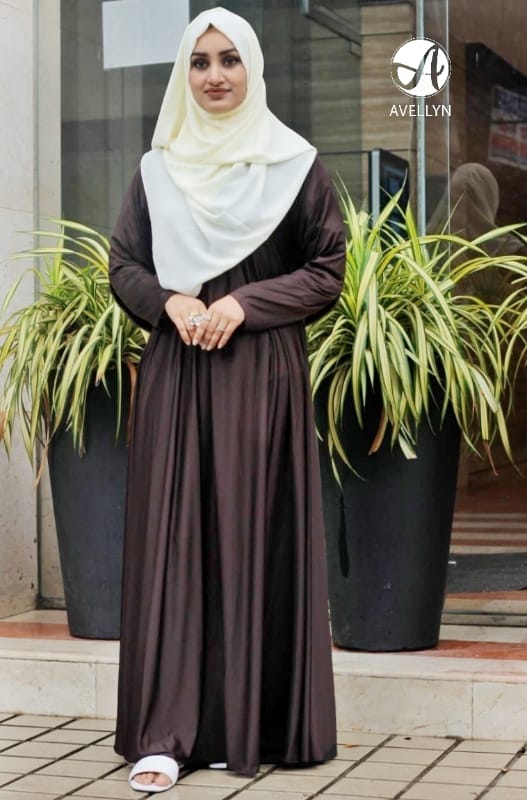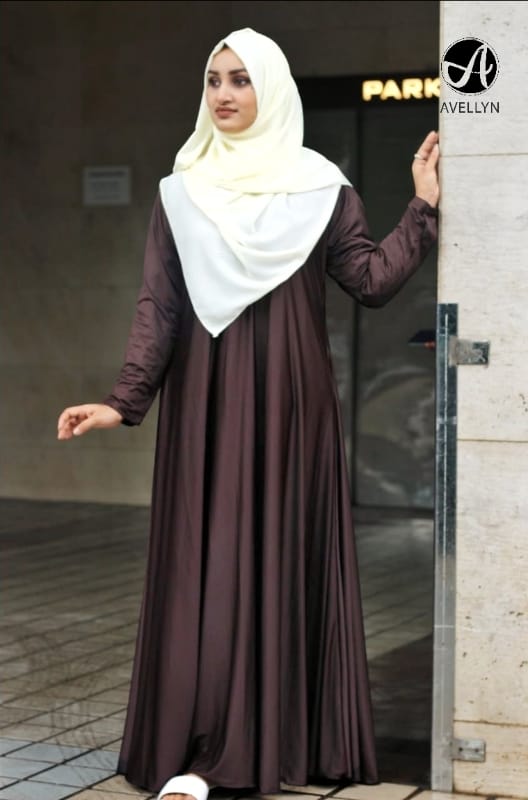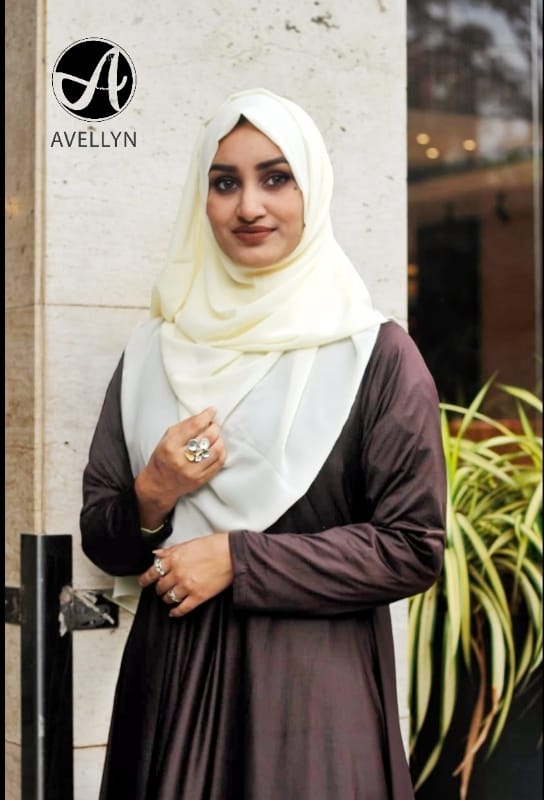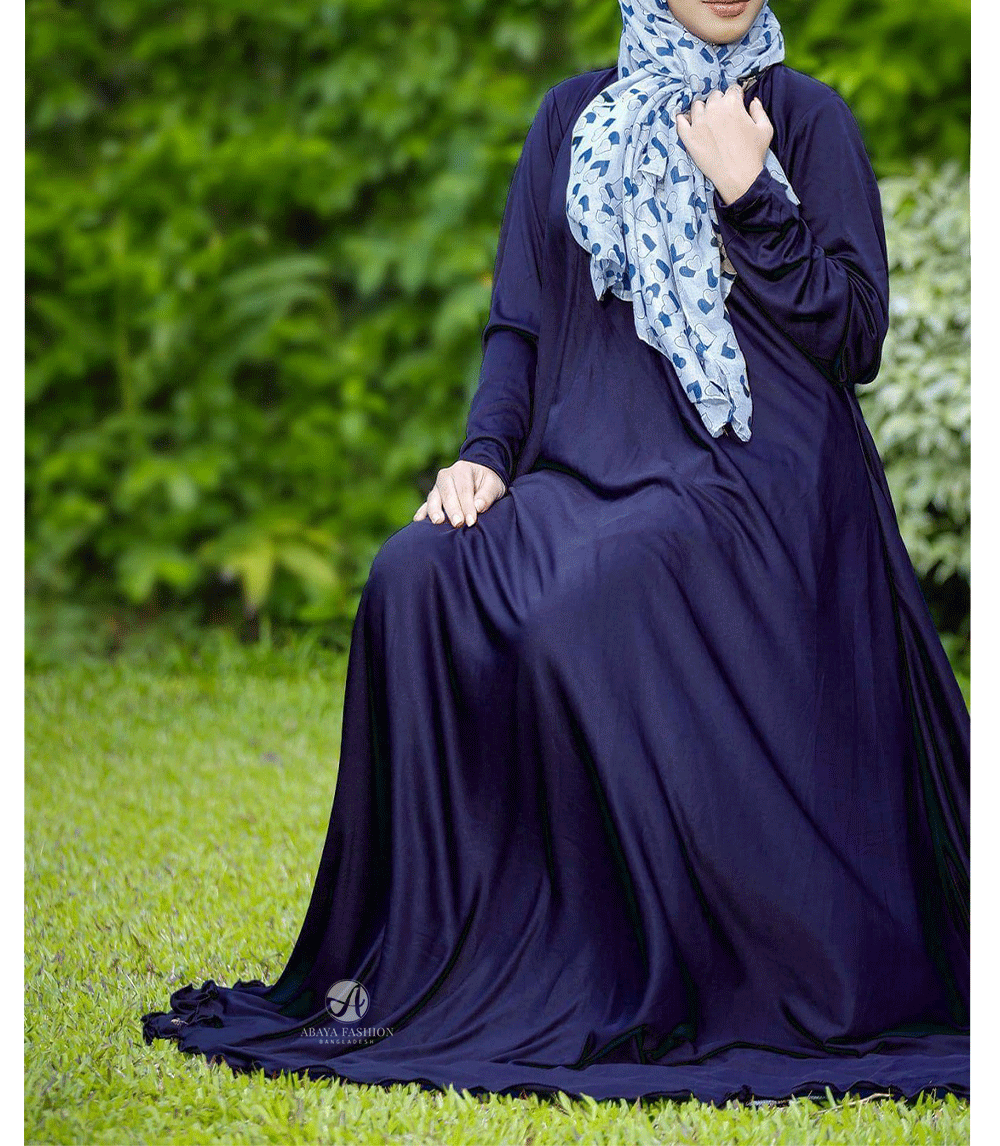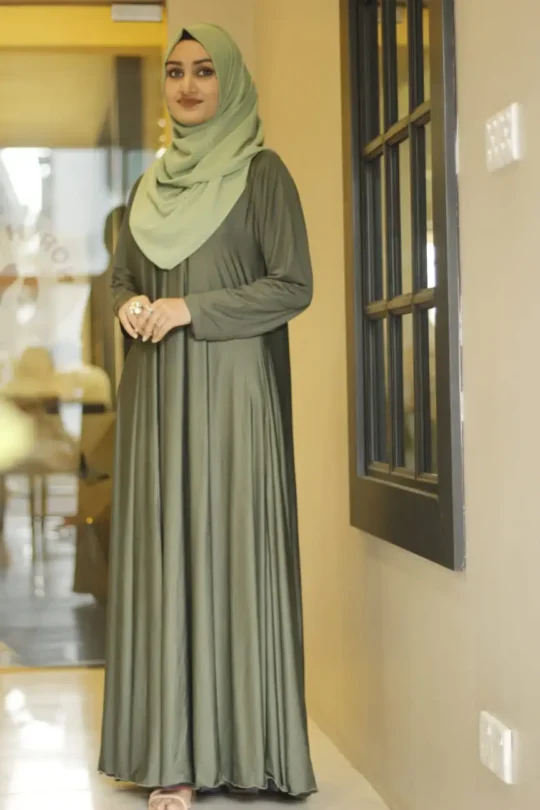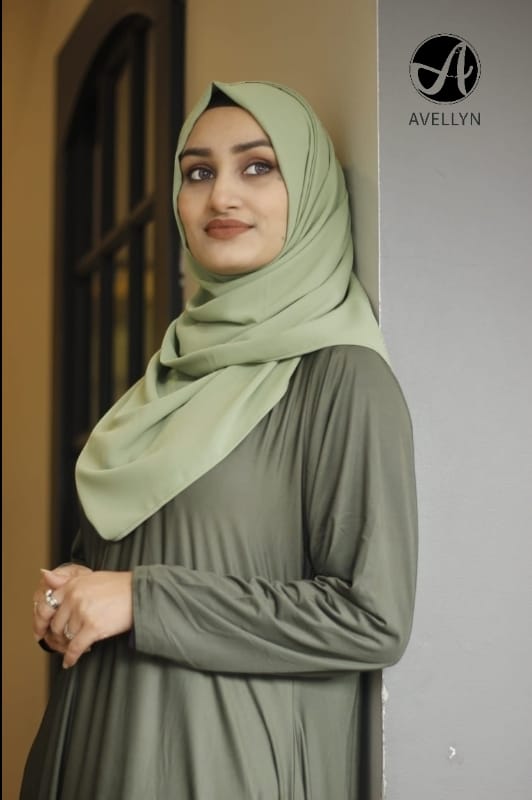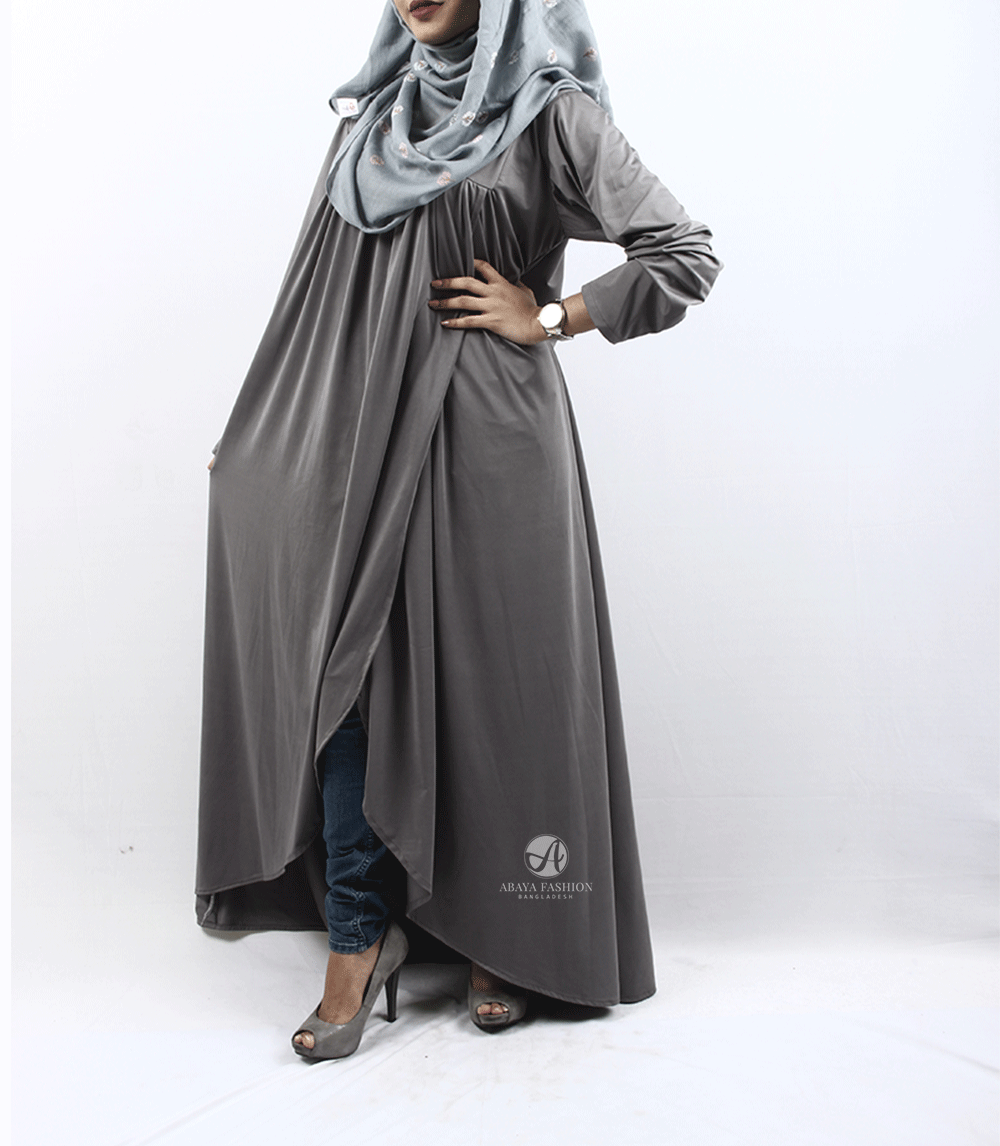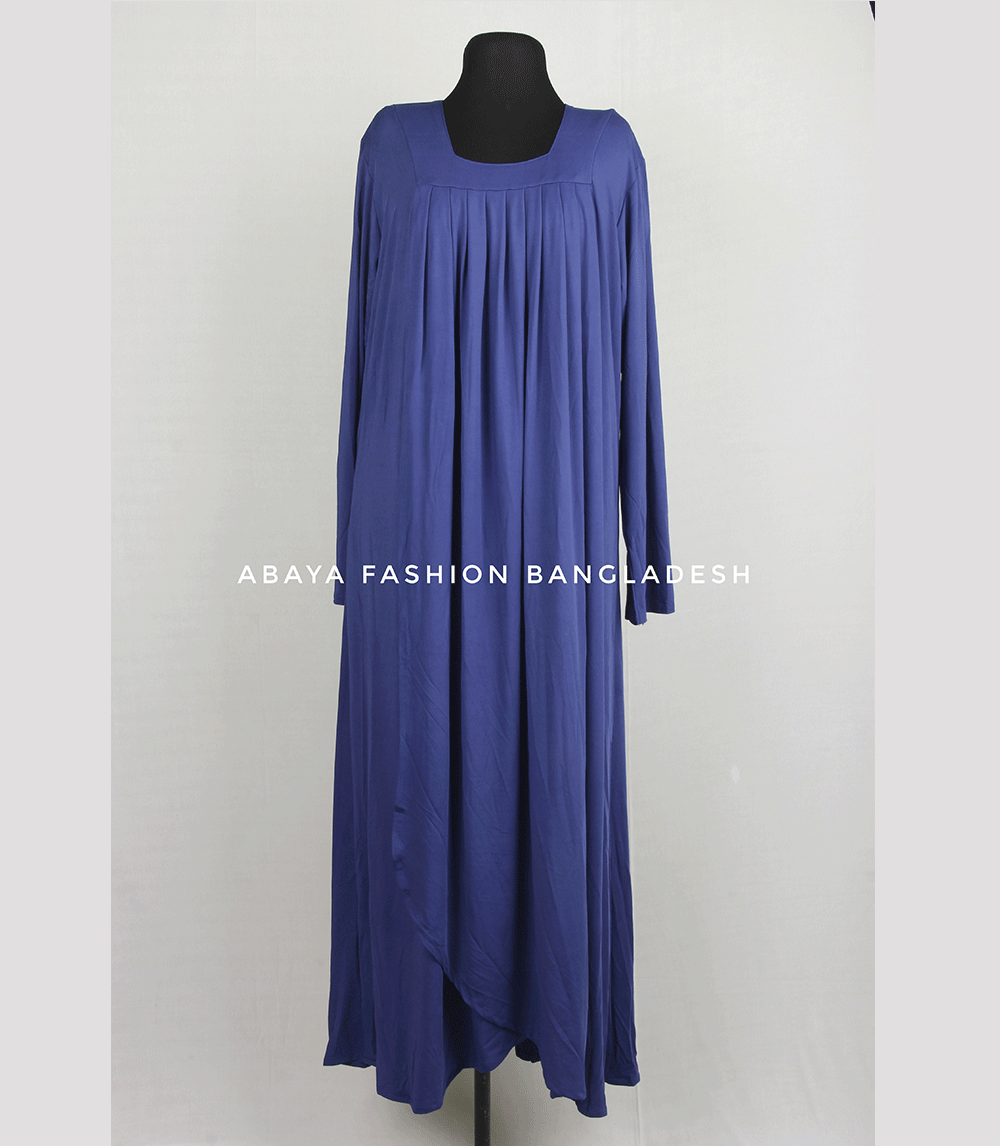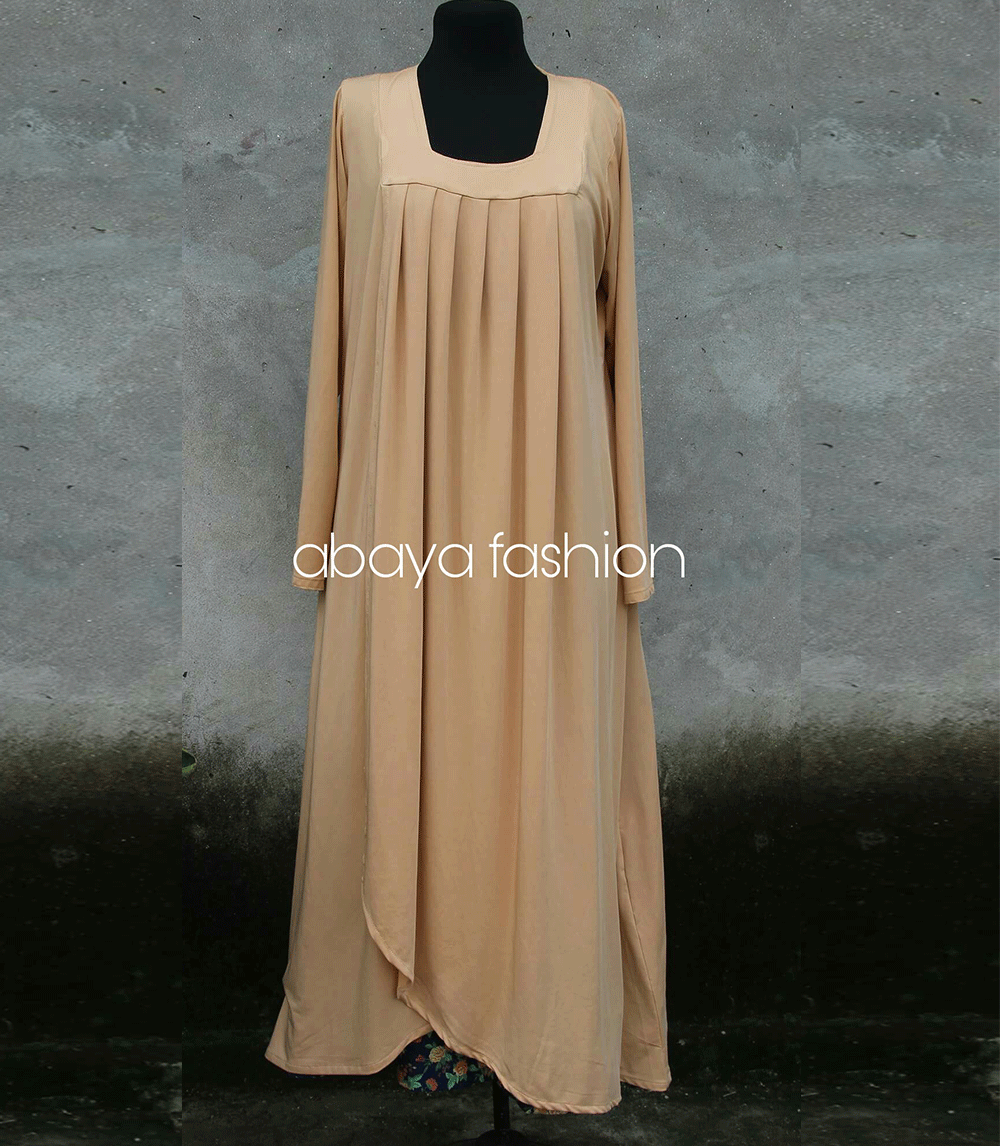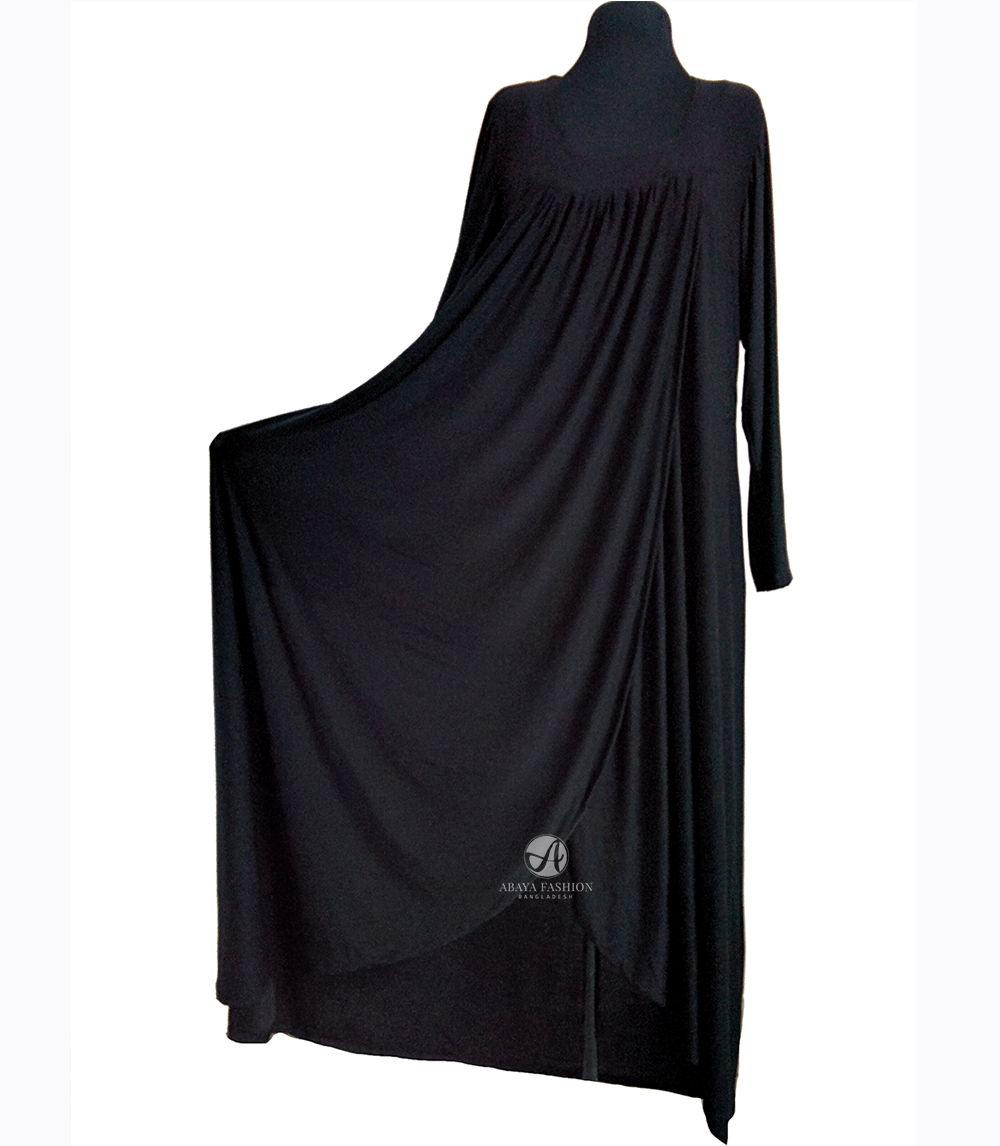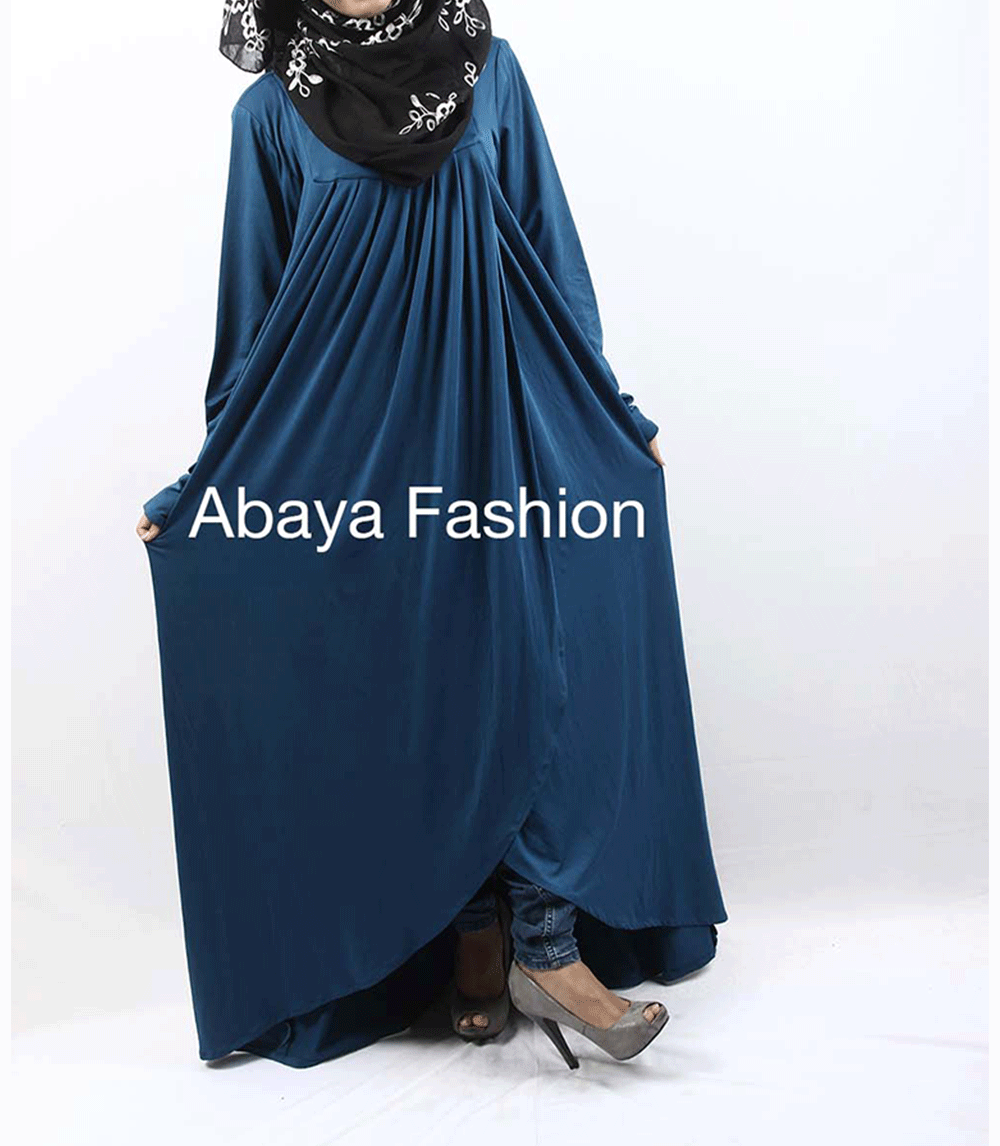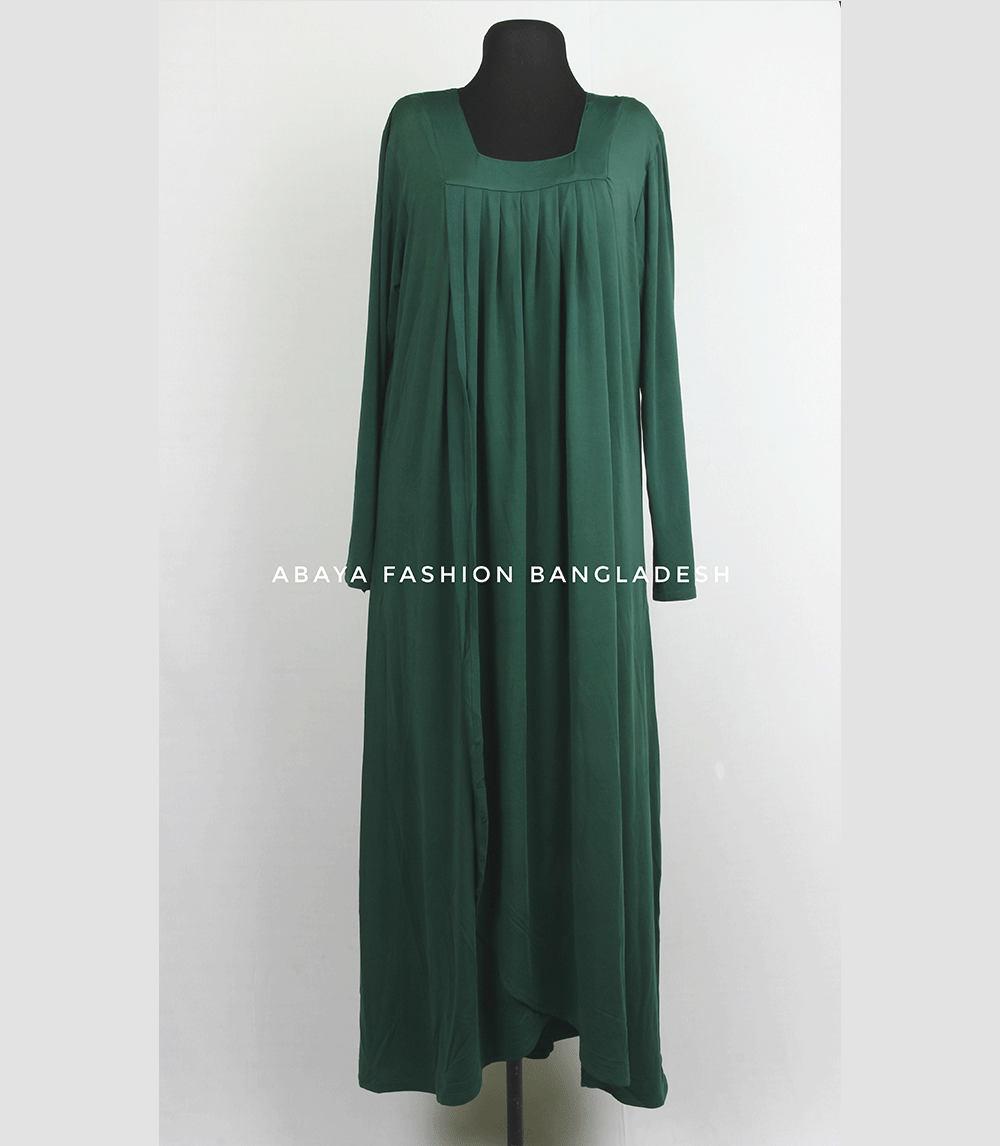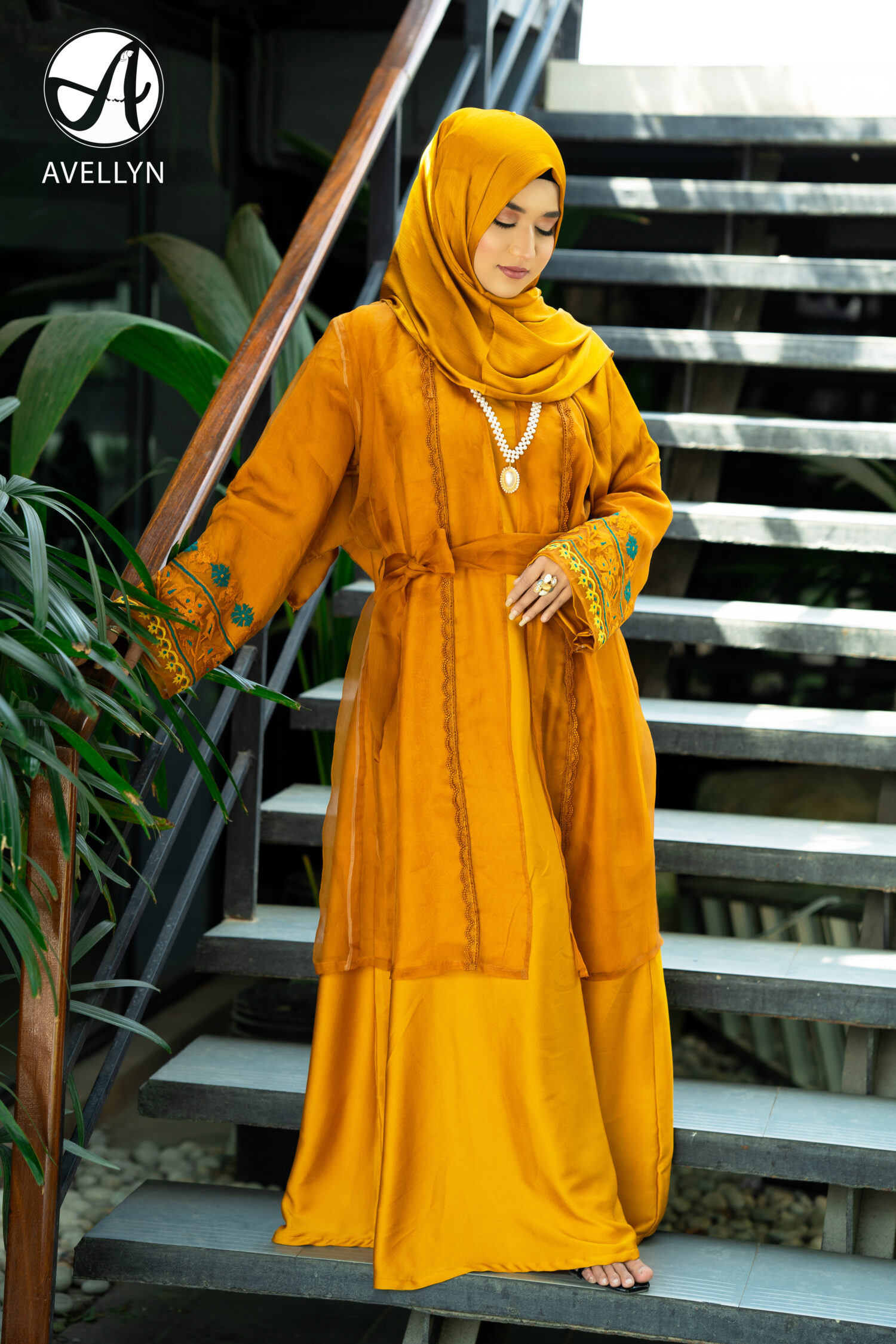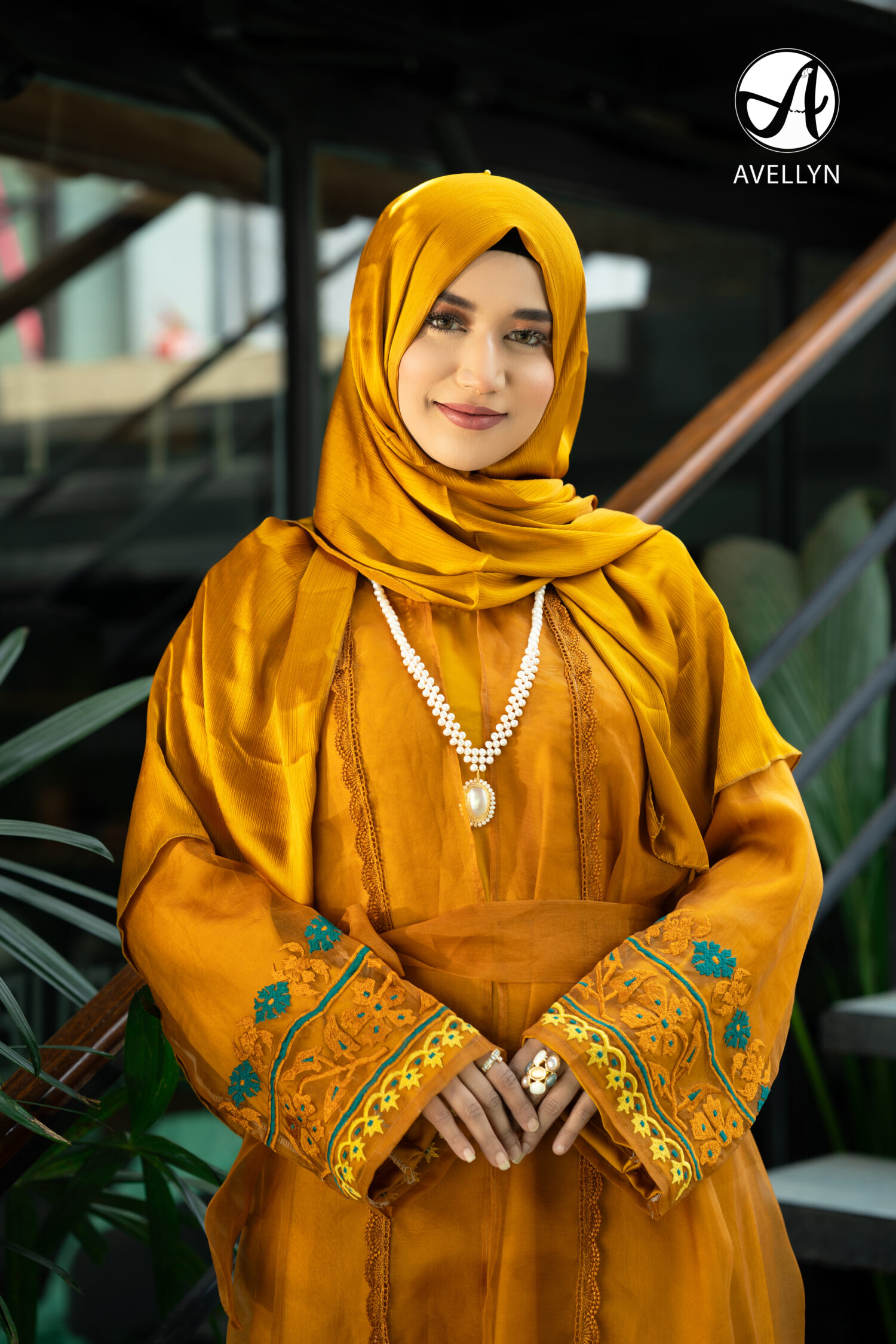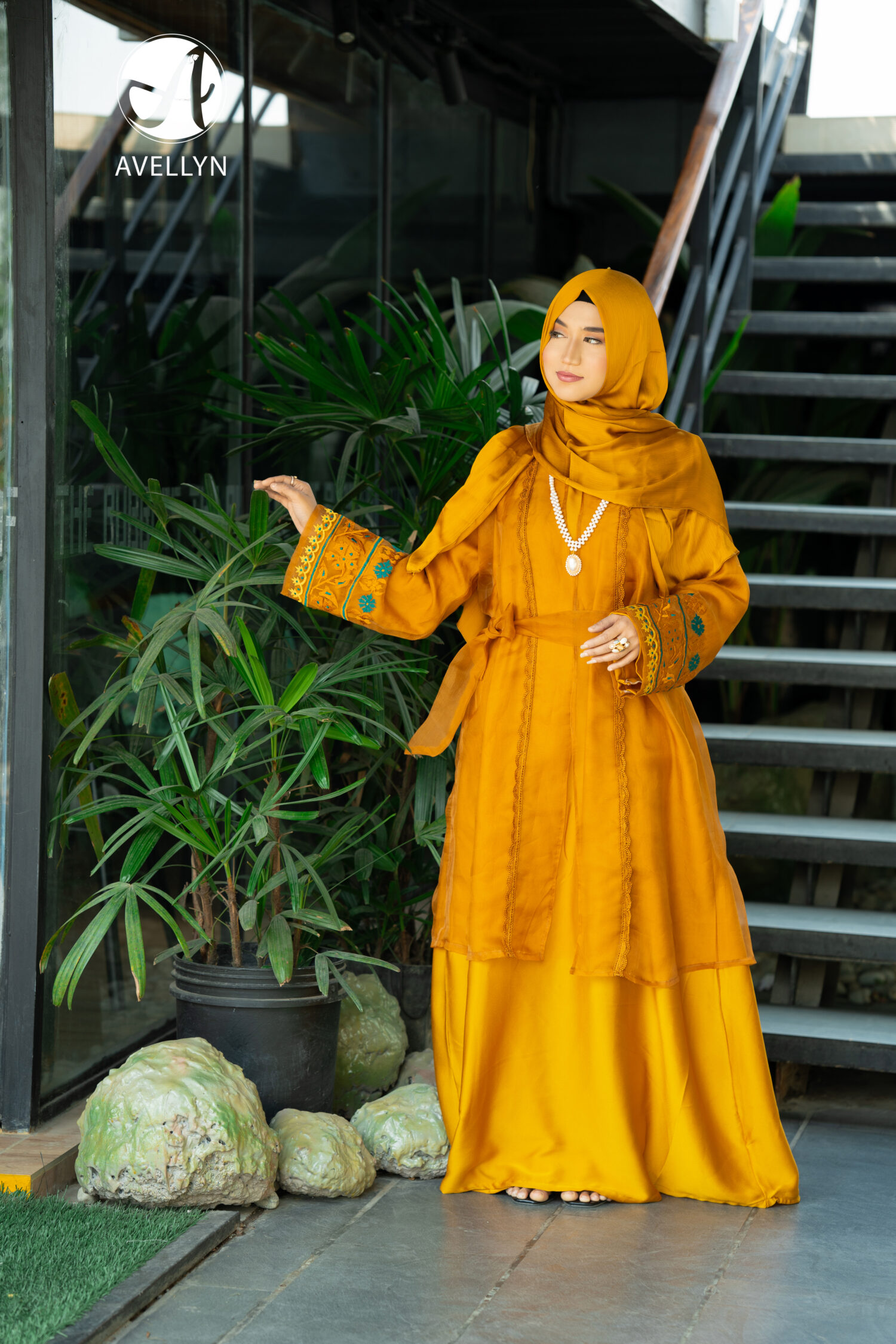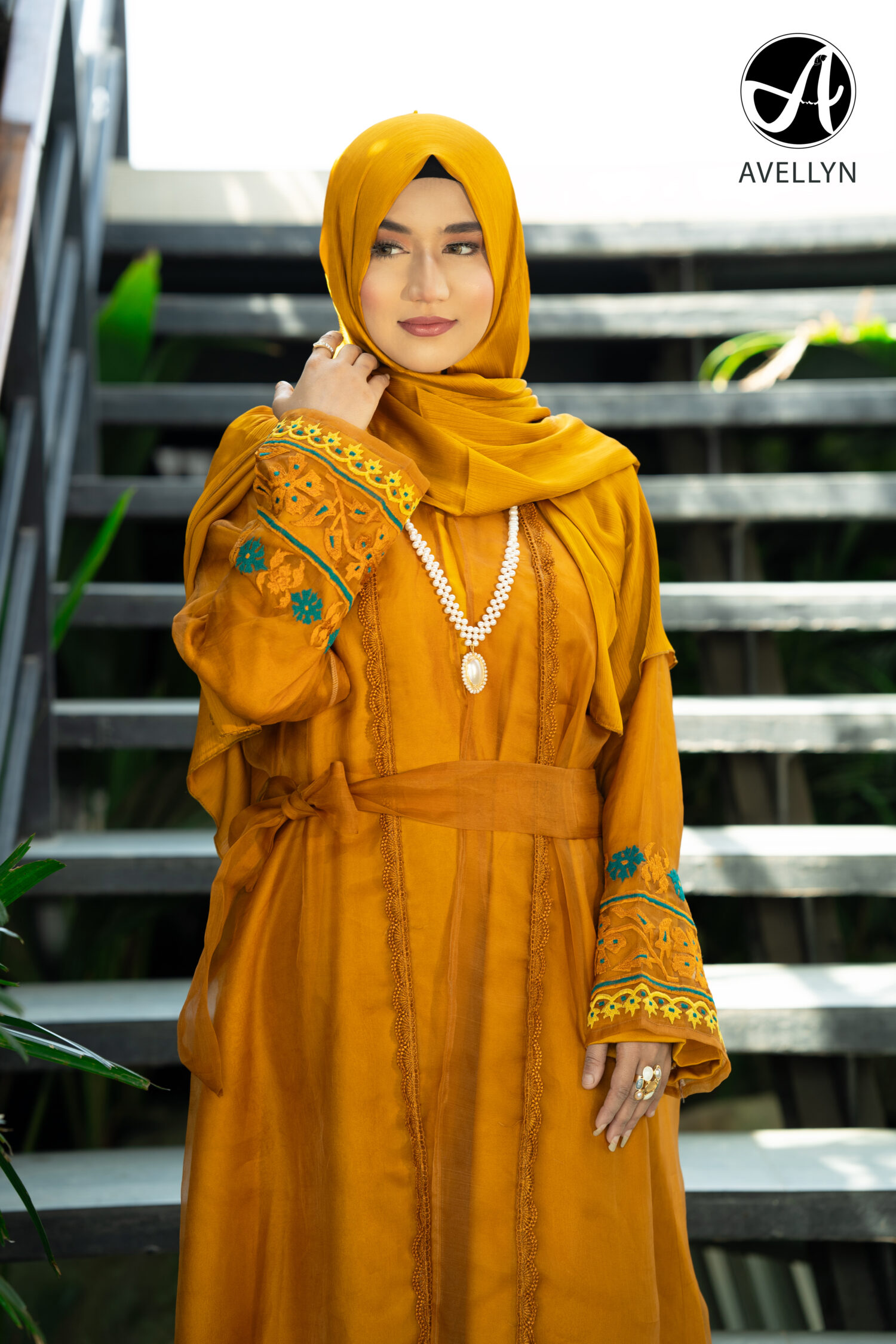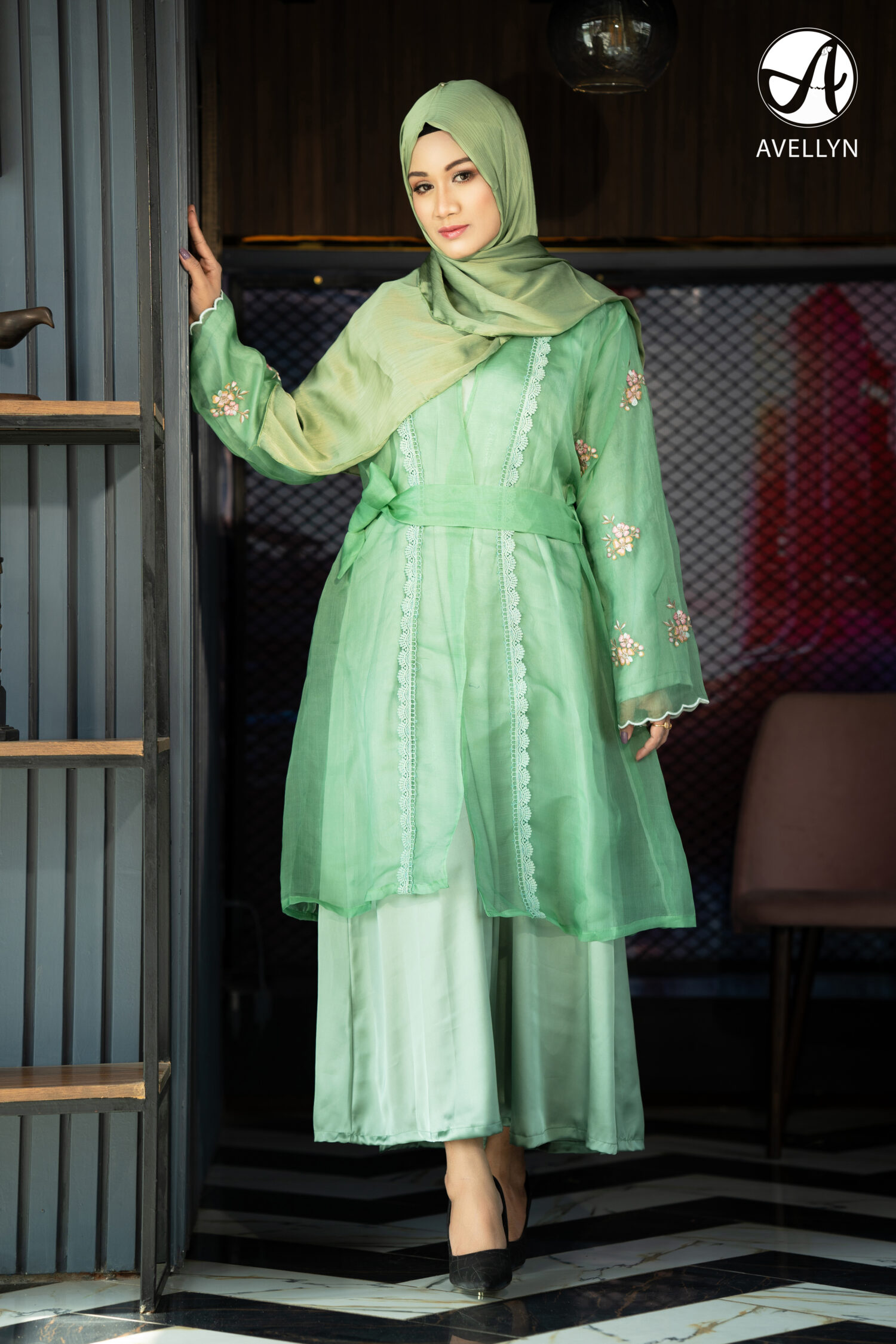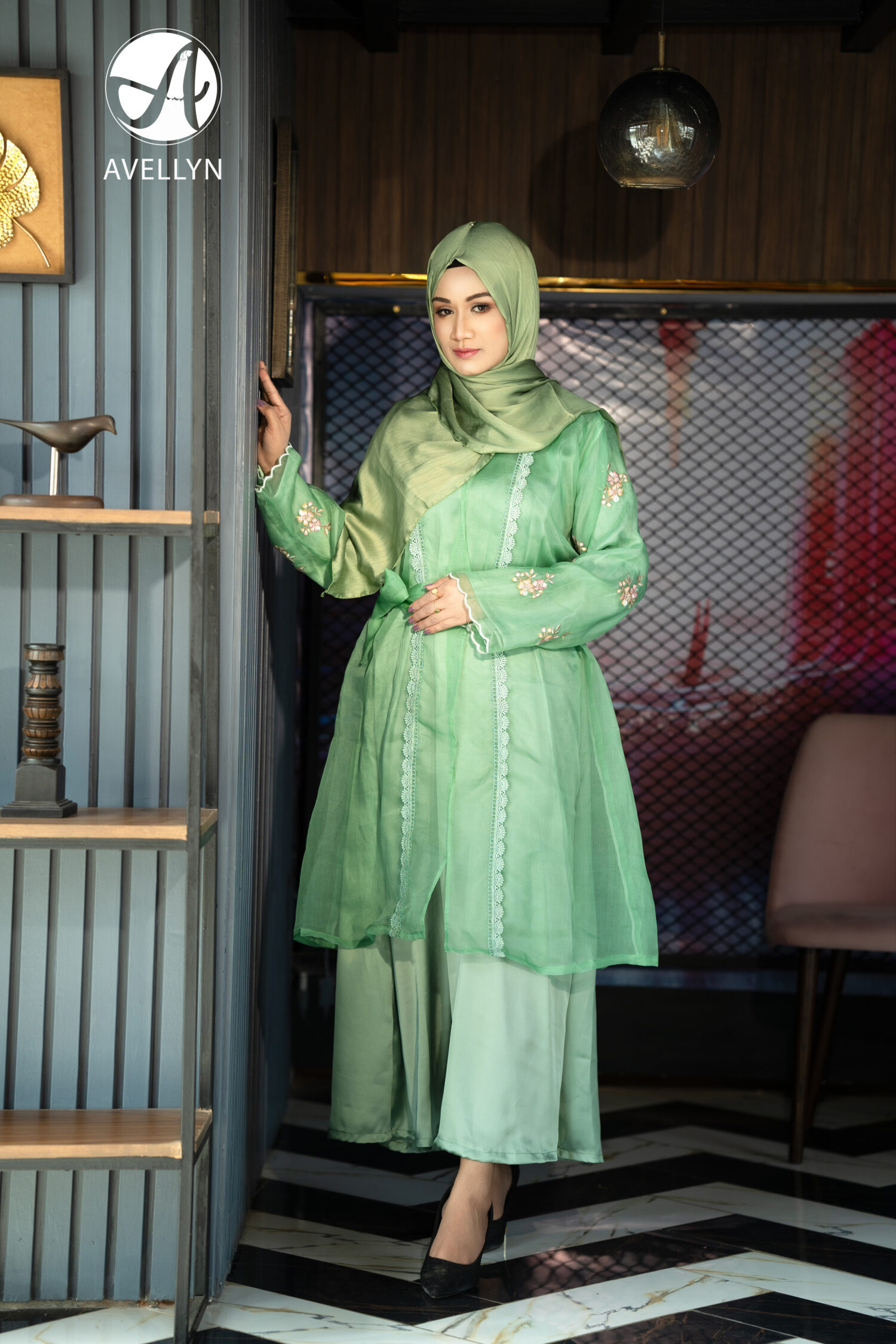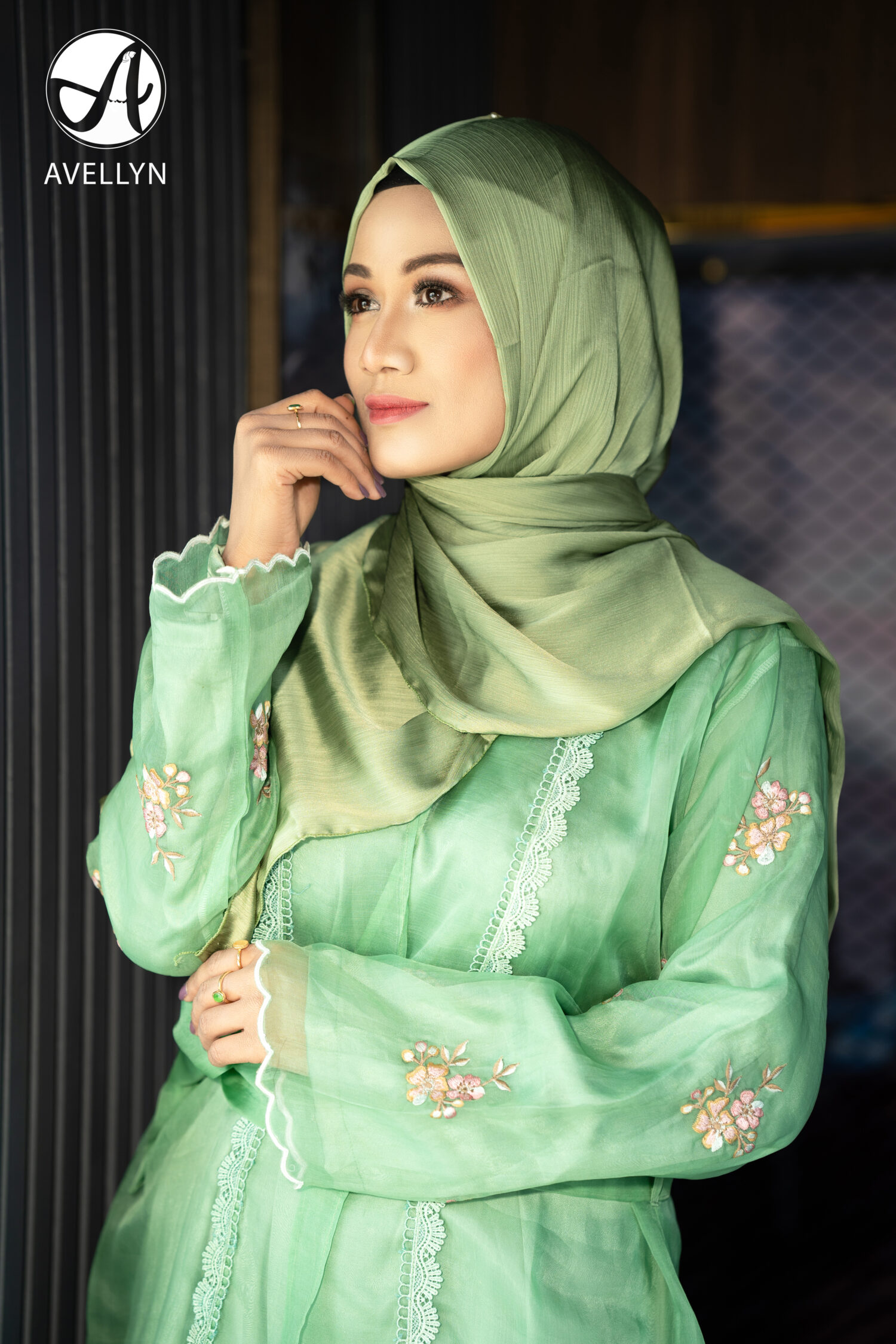- Empty cart.
- Continue Shopping
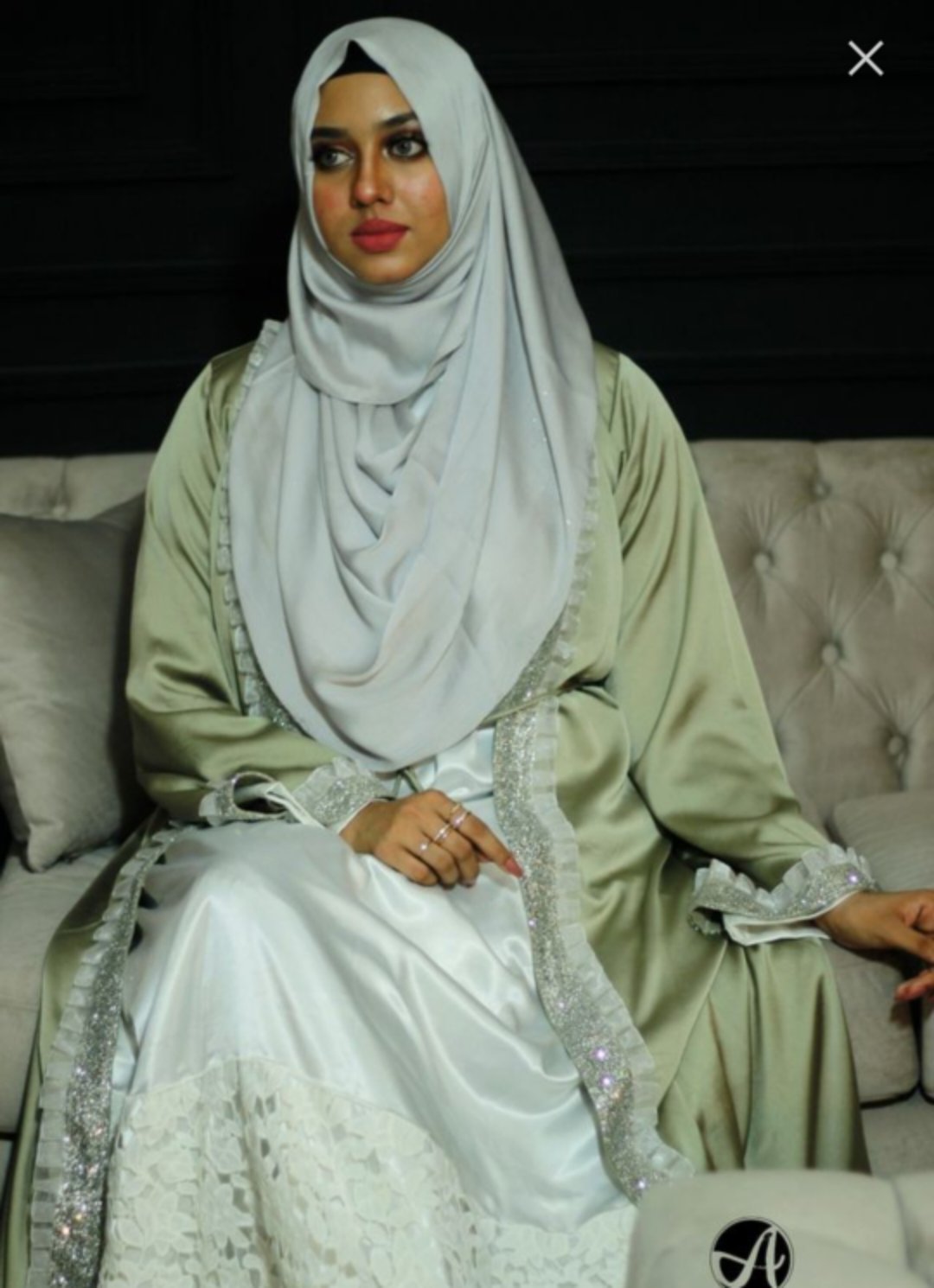
Artisan Grace Abaya
৳2,390.00Aurora Abaya- Cloudfall
৳2,990.00Aurora Abaya- Duskline
৳2,990.00Aurora Abaya- Sandstone
৳2,990.00Aurora Abaya- Sunset Haze
৳2,990.00Aurora Empress Cape
৳7,900.00Casual Flared Abaya- Dark Truffle
৳1,790.00Casual Flared Abaya- Navy Blue
৳1,999.00Casual Flared Abaya- Olive
৳1,790.00Crisscross Abaya
৳1,799.00Elara Luxe- Mustard
৳5,190.00Elara Luxe- Pistachio
৳5,190.00Abaya: Definition, Purpose, Variants, History, and Where to Buy
The Abaya is a long, loose outer garment traditionally worn by women in many parts of the Muslim world. At its core, the functions as an item of modest dress that covers the body while allowing for movement and comfort. Over centuries, the garment has changed in cut, fabric, and design, but its essential role — to provide a modest outer layer — remains constant. For a reliable summary of the Abaya’s ancient origins and development, see Britannica’s overview. Encyclopedia Britannica
What is an Abaya in Islam and in practice?
Religiously, the Abaya is not named in the Quran; Islamic texts discuss modest dress in general terms rather than prescribing a single garment. Interpretations of modest dress vary widely among scholars, communities, and individual women. For many, the Abaya is the culturally accepted way to meet the broader Quranic call for modesty. In practice, this means a robe-like piece that covers the body while leaving room for styling choices like layering, sleeves, or decorative details. For a discussion of religious texts and interpretations related to modesty, consult classical exegeses and contemporary overviews of Quranic verses on dress. Al-Islam.org+1
A concise history of the Abaya
Historically, this also spelt ʿabāʾ has roots in the Arabian Peninsula and older Near Eastern garments. Early references link similar cloaks to ancient Semitic and Arabian clothing traditions; later, the piece was incorporated into regional dress norms across North Africa, the Arabian Gulf, and beyond. During the 20th and 21st centuries, the Abaya’s appearance shifted as new textiles and global fashion influences arrived; global fashion houses and local designers have both influenced contemporary forms. For historical context and the garment’s transformation, see both Britannica and academic work on the Abaya’s cultural role. Encyclopedia Britannica+1
The main concept and purpose of the Abaya
The primary purpose of the Abaya is modesty: it reduces bodily emphasis by providing a single, covering silhouette. But the purpose is multiple, not singular. Practically, the Abaya protects from weather and public exposure; socially, it signals identity and cultural belonging; personally, it can reflect an individual’s values and aesthetic preferences. In short, the Abaya functions simultaneously as a practical garment, a social marker, and a personal choice about how to present oneself.
Is the Abaya oppression or freedom?
These a crucial discussion that many people, basically liberals, are always starting noising about not wearing hijab. They think the Hijab or Modesty is a barrier for women, but it is actually not. Islam always provides values and respect to all mankind. Those who think Modesty is a barrier definitely do not have any right to talk in Social. Debates around the Abaya often polarise into claims that it is either oppression or liberation. The most useful approach is to separate context from coercion. Where women are legally or socially forced to wear a garment, the act is coercive. By contrast, many women describe wearing an Abaya as a conscious and voluntary practice that aligns with personal beliefs or style—indeed, for many it is a source of agency in deciding how to be visible in public. Academic studies of fashion and identity show the Abaya can serve both as a marker of cultural continuity and as a medium for personal expression when choice exists. My CMS+1
Abaya variants — how the garment appears today
Modern Abaya forms have diversified. Designers and wearers employ different cuts, closures, and decorative details to make the garment appropriate for everyday life, work, travel, and celebrations. Common variants include:
-
Classic closed robe: a long, single-piece covering widely used for religious settings and conservative contexts.
-
Front-open coat style: worn like an overcoat or long jacket, convenient for layered outfits.
-
Kimono-style Abaya: looser sleeve and body proportions suited to casual and professional settings.
Example product: Belleza Kimono -
Cape and embellished Abayas: used for formal events and celebrations.
Example product: Layali Embellished Abaya – Aqua. -
Co-ord and shrug pairings: Paired with matching tops or shrugs for office and casual wear.
Example products:
Daisy Dream Co-Ord
Waterfall Shrug
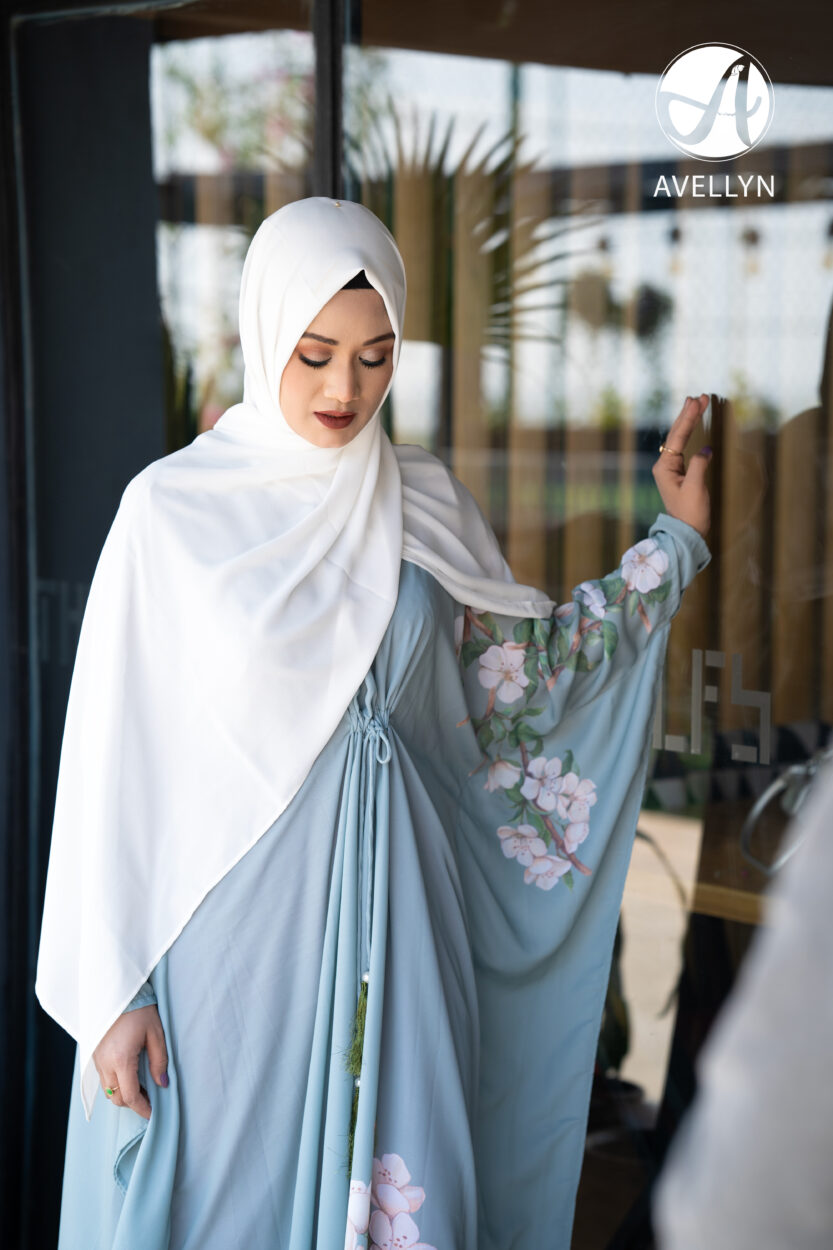
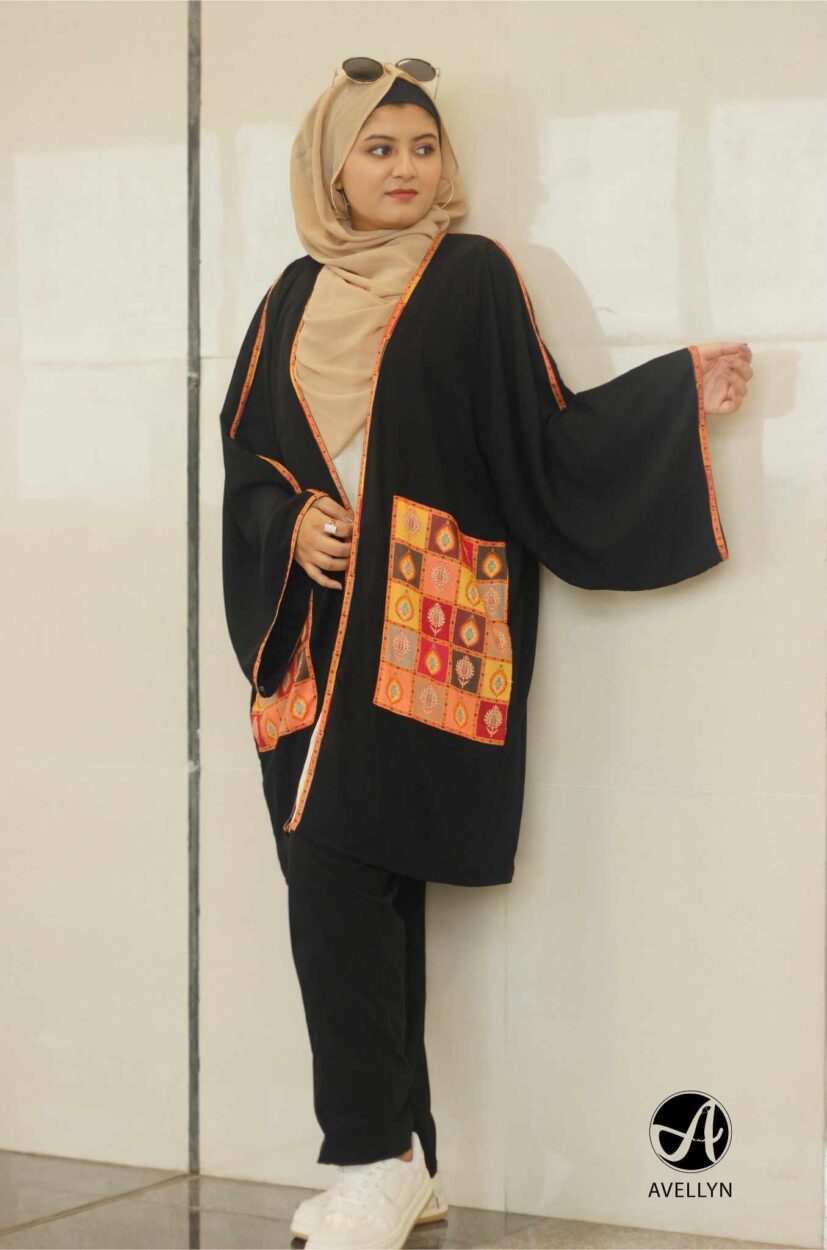
These variants show the Abaya’s adaptability: it moves from private ritual to public style depending on fabric, cut, and context. Contemporary surveys of modest fashion and coverage of abaya design note how the garment has diversified to meet both conservative and fashion-forward needs. Wikipedia+1
Colour and modesty: Is black the only option?
Black has been historically prevalent because it provided a neutral, deep-hued option that masked dust, wear, and emphasised simplicity in many cultures. However, colour alone does not determine modesty. Modern Abayas come in many colours — pastels, jewel tones, neutrals, and prints — and the choice of colour typically reflects regional preferences, occasion, and personal taste. To illustrate, Zahra Noor Black is offered for those seeking that classic look, while Elara Luxe provides a different colour profile linked to historical Rajshahi Muslin fabric. The broader point is that modesty is about coverage and intent, not a single colour. Wikipedia
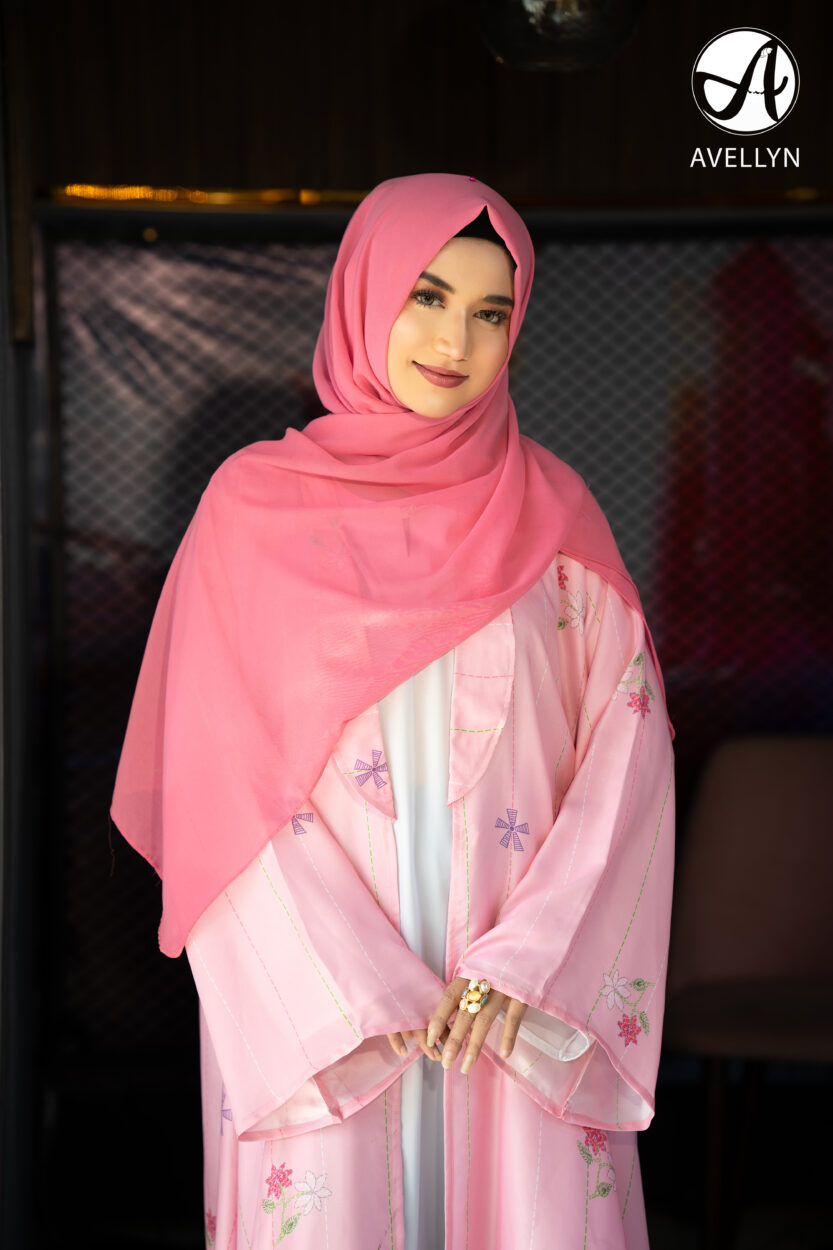
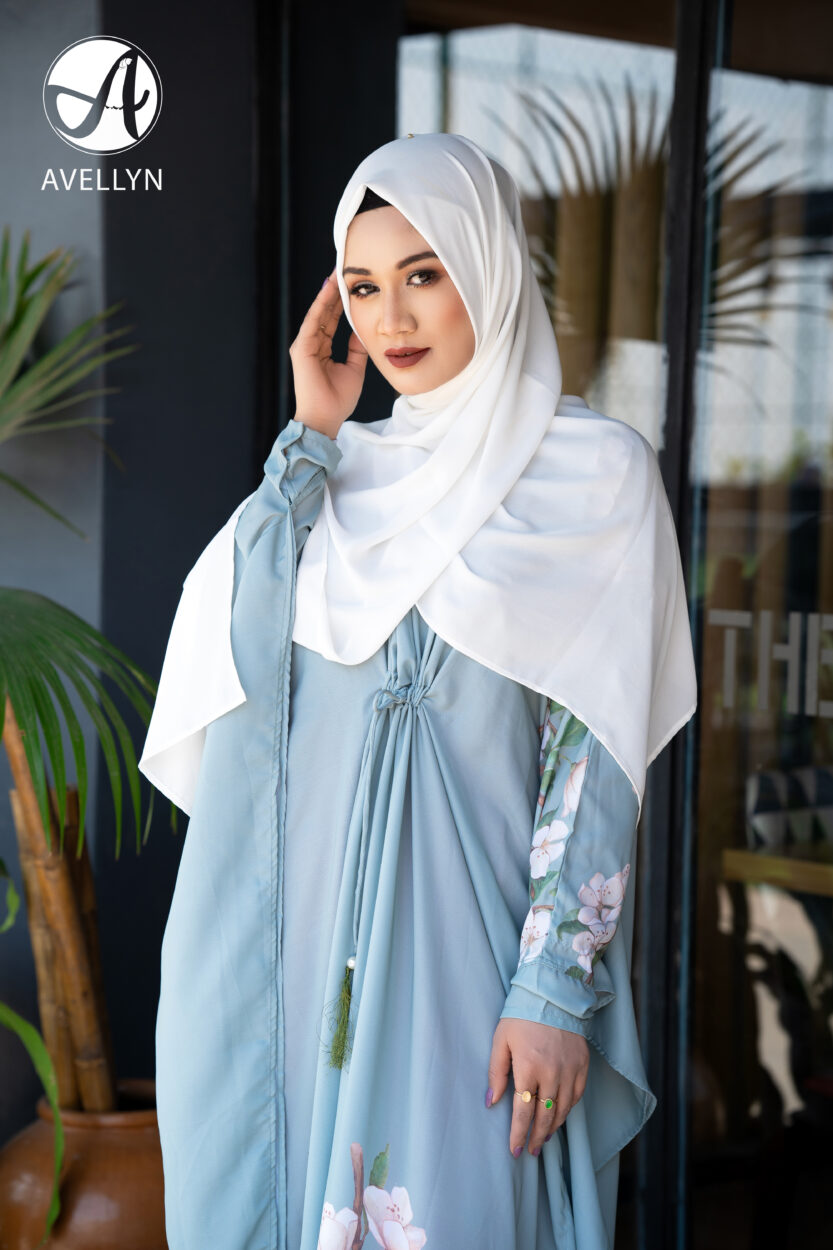
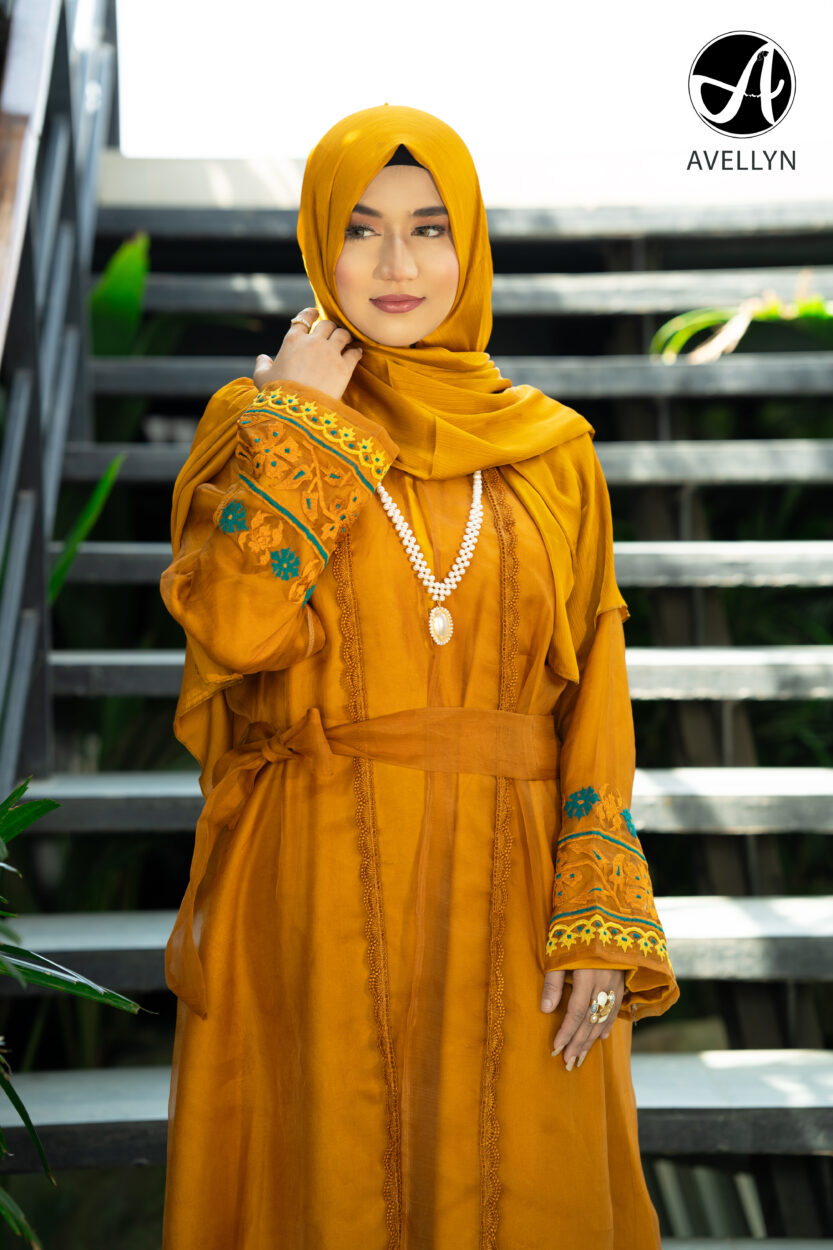
Where and when to wear different Abayas
Because Abayas have many variants, they can be adapted to most contexts:
-
Every day and errands: choose lighter fabrics and simple cuts. Products suited for this include Daisy Dream Co-Ord.
-
Work and office: structured kimono cuts and shrugs are practical; the Waterfall Shrug is highlighted for office wear.
-
Religious occasions and mosque visits: closed-robes and classic cuts provide coverage that many prefer. Zainah Noir is often selected for festival and prayer contexts.
-
Family gatherings and festivals: embellished or layered pieces such as Layali Embellished Abaya – Aqua and Zahra Noor Abaya Black tend to be chosen for festive presence.
-
Formal and heritage events: premium weaves like Rajshahi Moslin are suited to special appearances; Elara Luxe reflects that heritage (https://avellyn.com/product/elara-luxe-mustard/).
Each type of Abaya has a practical rationale: fabric weight for climate, cut for mobility, and decoration for ceremonial presence. Online and academic sources on modern modest fashion document how such choices map to different social contexts. My CMS+1
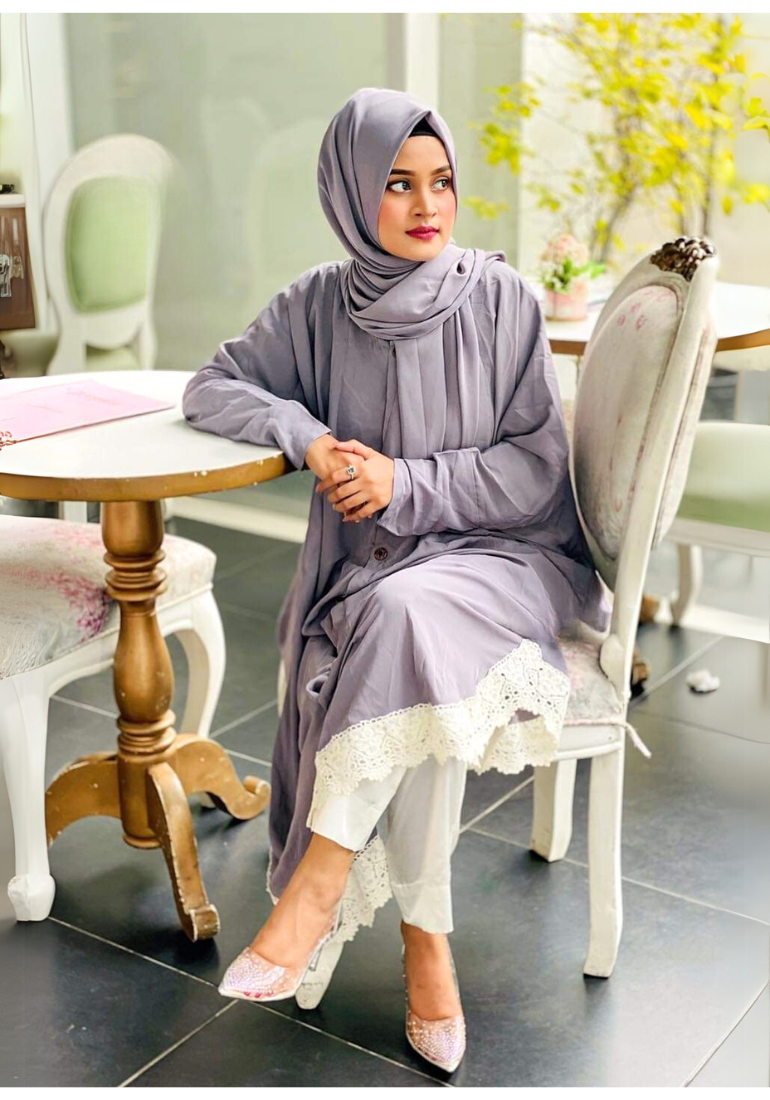
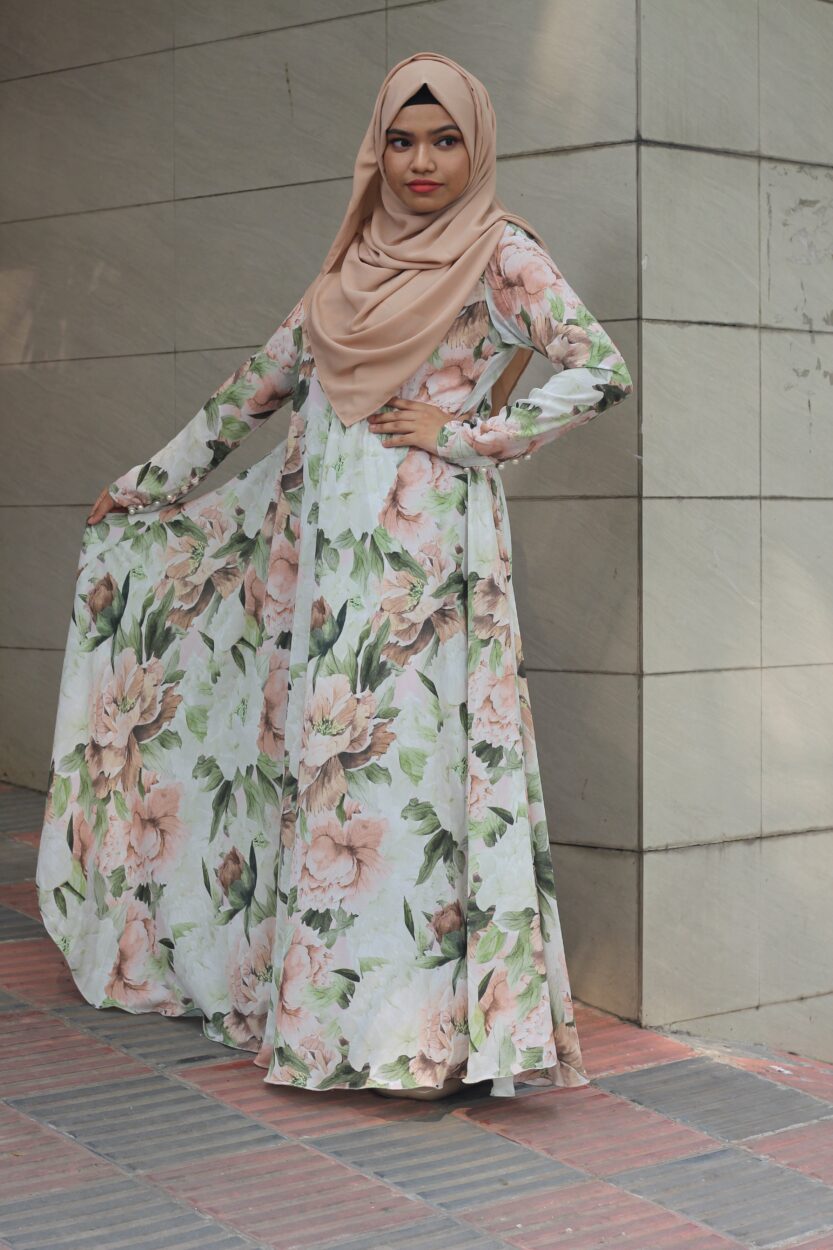
Is the Abaya only for Muslims?
Although the Abaya is strongly associated with Muslim women’s dress, the garment has seen adoption beyond strictly religious communities. Non-Muslim women sometimes wear Abaya-style coats or cloaks as part of modest fashion or as practical outerwear when travelling in regions where similar garments are normative. In other cases, fashion houses have adapted Abaya silhouettes into global runway collections. That said, the cultural origins of the Abaya remain tied to Muslim-majority societies and interpretations of modesty rooted in those cultures. Wikipedia+1
In this photo, a non-muslim wearing hijab in a non-muslim country.
Source: Reddit
How to choose an Abaya: practical tips
When selecting an Abaya, consider the following:
-
Purpose: daily wear requires different fabric and maintenance than occasion wear.
-
Climate: lightweight linens and chiffons for warm weather; denser weaves for cooler months.
to find lightweight linens and chiffon-type, Visit – Avellyn Shop
-
Cut and mobility: ensure sleeves and length allow movement.
-
Maintenance: Some fabrics require hand washing or dry cleaning.
-
Brand and fit: check size charts and product images; many online shops show scale models. Within Avellyn’s collection, you can compare product pages such as Waterfall Shrug, Belleza Kimono, Daisy Dream Co-Ord, Layali Embellished Abaya – Aqua, Elara Luxe, Zainah Noir Abaya, and Zahra Noor Abaya Black to match function with design.
These practical steps will help buyers find an Abaya that meets both modesty needs and daily life requirements.
Where to buy Abayas and Avellyn’s message
If you are shopping, find a range of options rather than a single style. Avellyn offers more than 80 products that span daily, work, and occasion wear. Example product pages include
Waterfall Shrug,
Daisy Dream Co-Ord
Layali Embellished Abaya – Aqua
Elara Luxe
Zainah Noir Abaya
and
Zahra Noor Abaya Black
Avellyn’s welcome and goal: Avellyn exists to provide well-made abayas across daily, professional, and celebratory contexts. The goal is to offer reliable product information, clear sizing, and a selection that helps women make considered choices about modest dress. For ongoing updates, styling ideas, and customer looks,
Follow Avellyn on Facebook, Instagram, and TikTok
Final note
The Abaya is both a garment and a set of practices around covering, presentation, and cultural meaning. Whether treated as a religious requirement, a cultural artefact, or a practical piece of clothing, its forms and uses are diverse. By understanding the difference between cultural practice and personal choice, buyers and observers can better respect the reasons women select the garments they wear.
Sources
-
Britannica — overview of the regional dress history. Encyclopedia Britannica
-
Wikipedia — contemporary overview and references about abaya styles and global notes. Wikipedia
-
Academic and conference work on the Abaya’s role in Saudi fashion and identity. My CMS
-
Coverage of global fashion houses and the abaya’s appearance in fashion reporting. TIME
- Avellyn official Website – Avellyn

